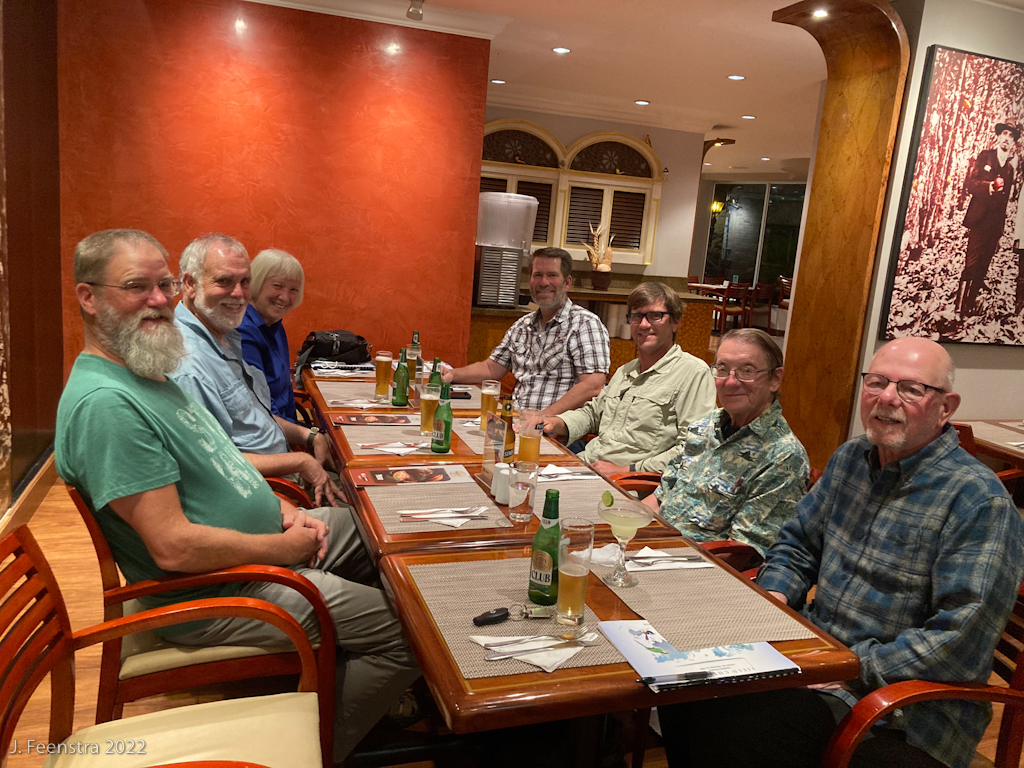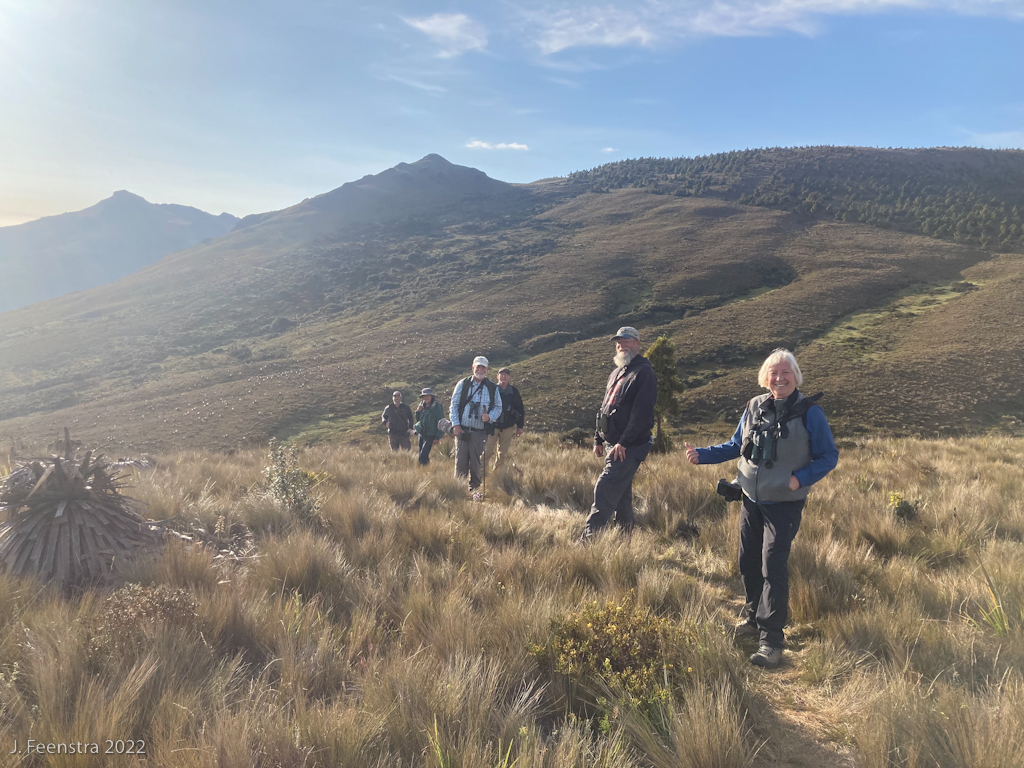
WINGS Tour: Southern Ecuador (and northern Peru)
31 October - 15 November, 2022
The Gang: Bruce, David, Frank, Jeff, Paul, Susan, Jon (bird guy), Jorge (el chofer)
This is the 2022 tour narrative I wrote for the WINGS website adapted for my own website with photos and some additional commentary.
Southern Ecuador is a long-haul birding adventure with rapid changes in habitat and birds in very short amounts of distance and time. In a little over two weeks, we went from mangroves, to rainforest, to dry forest, to desert, to cloud forest, back to rain forest, back to cloud forest, to paramo, back to desert, and, well you get the idea. Each of these habitats had special birds that contribute to an almost unparalleled diversity in such a small area. We found about 550 species of birds on this tour with some favorites like Horned Screamer, Blue-throated Hillstar, Gray-backed Hawk, Jocotoco Antpitta, Watkin’s Antpitta, Long-wattled Umbrellabird, Elegant Crescentchest, and Tit-like Dacnis. We stayed in comfortable and interesting places, ate too much good food, and enjoyed the company of kindred spirits while traveling and birding this magical place.
It’s amazing how fast we went from calm to full bird storm. Just an hour outside of Guayaquil on a seemingly quiet roadside in Manglares-Churute National Park it was only quiet if you weren’t birding. Just steps from where the van dropped us we were into it with Jet Antbird, Gray-lined Hawk, Long-billed Gnatwren, and Fulvous-faced Scrub-Tyrant. We ventured into the forest and picked up our first Scarlet-backed Woodpecker, a couple of Olivaceous Piculets, and a very accommodating White-whiskered Puffbird. From there we drove to some wetlands where the Horned Screamers were both horned and screaming (more like honking and braying), a sight and sound to behold. We did some of our only real water-birding of the trip with a stop in a little fishing town to check the mud. There were some familiar faces from North America like Wilson’s Phalaropes and Whimbrel, but in a little grassy patch we also had remarkably good looks at a White-throated Crake as it poked its shy self out of the vegetation to gawk at us gawking at it. Then it was off the coast and into the foothill rainforest at Reserva Buenaventura.
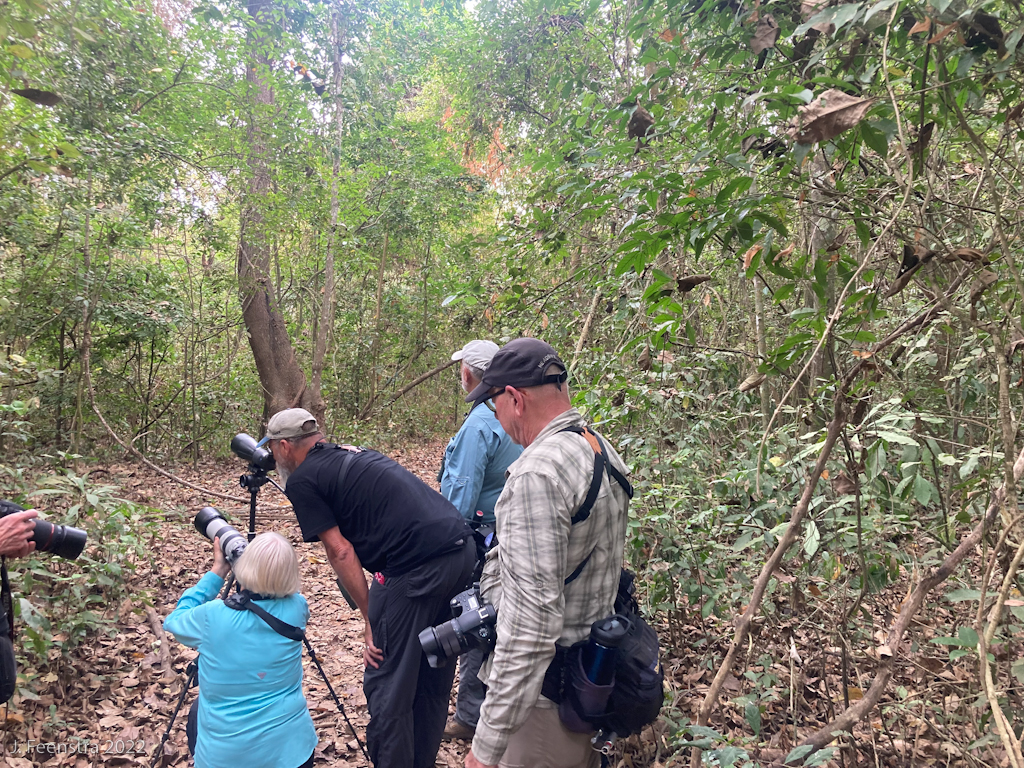
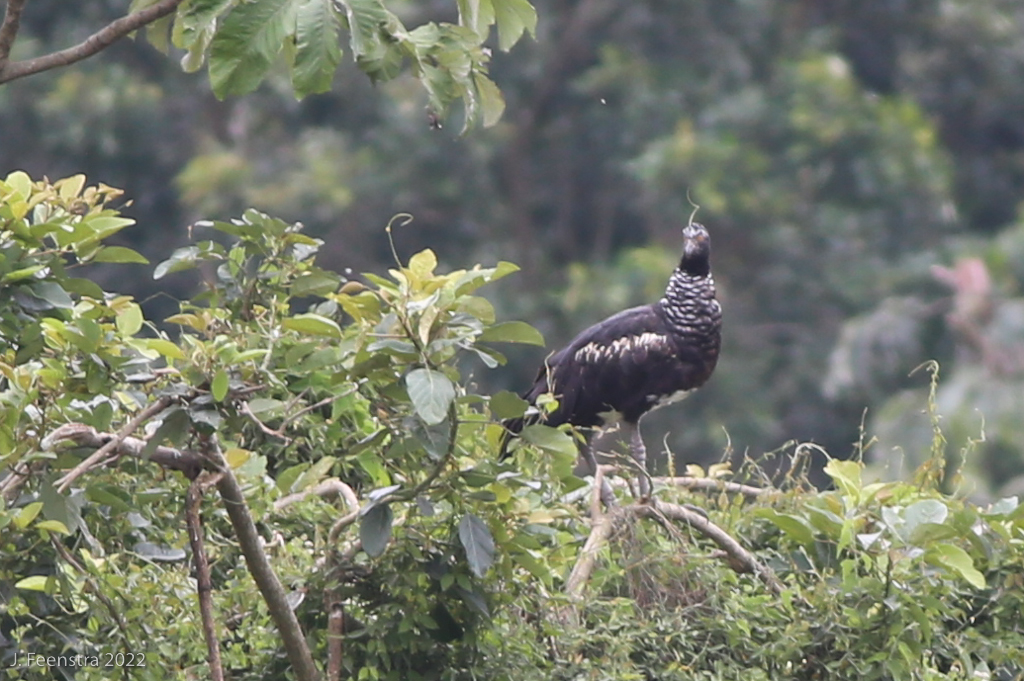
We started in the upper part of the reserve to look for El Oro Parakeets. They were either flying over or in the fog, so not so great, but other stuff made up for it. There was a excellent show of displaying Club-winged Manakins showing off their cool wings that make them less fit, but more attractive to the lady manakins. In fact, seemingly ridiculous appendages were a theme today! We saw both Yellow-throated and Choco Toucans with their enormous bills. Violet-tailed Sylph is nothing without its spectacular tail. And, of course, the big daddy himself, a Long-wattled Umbrellabird with its low hanging wattle is just about as impractical looking as a bird can get. It all somehow works, though, so what do we know? Sandwiched between these highlights were some nice tanager flocks, clouds of hummingbirds, and a howler monkey family just hanging out.
If only we had more time! Yes, this tour would be a month long, but it would be great to add a day here and there, and Buenaventura always seems like it needs another one. The morning was full and we did what we came to do. Just birding from the lodge and the entrance track put us into contact with some busy flocks, exhilarating, frustrating, exciting, and dizzying are words that come to mind. Of the birds that sat still enough to soak in, Slaty-winged Foliage-Gleaner was a particularly good one. A pair of attractive and cooperative Zeledon’s Antbirds were then nice to recalibrate our necks in the other direction. We peeled ourselves away from all the excitement and went from rainforest to dry forest. Our first stop had a few little things, but the King Vulture that came right over us stole the show. Our second stop was pretty busy with Collared Antshrike, both White-edged and Yellow-tailed Orioles, a trio of Bat Falcons, and a Laughing Falcon. Finally, we made it to our lodge in Reserva Jorupe. As though it were waiting for us, a Watkin’s Antpitta hopped from the forest, scooted across the parking lot, then back. Just as we were about to sit down to dinner.
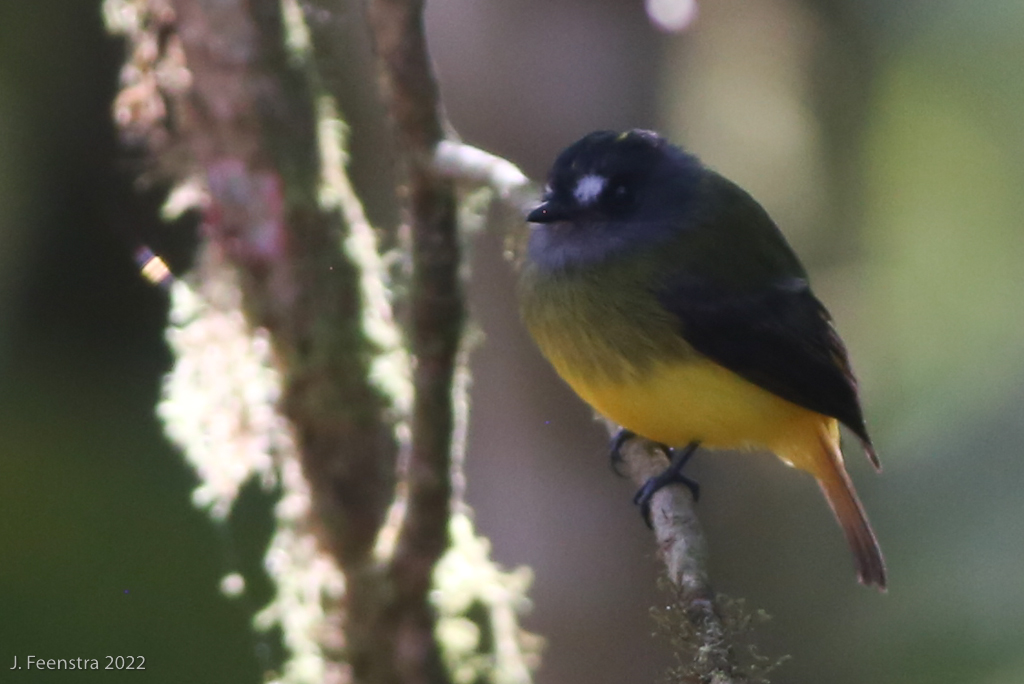
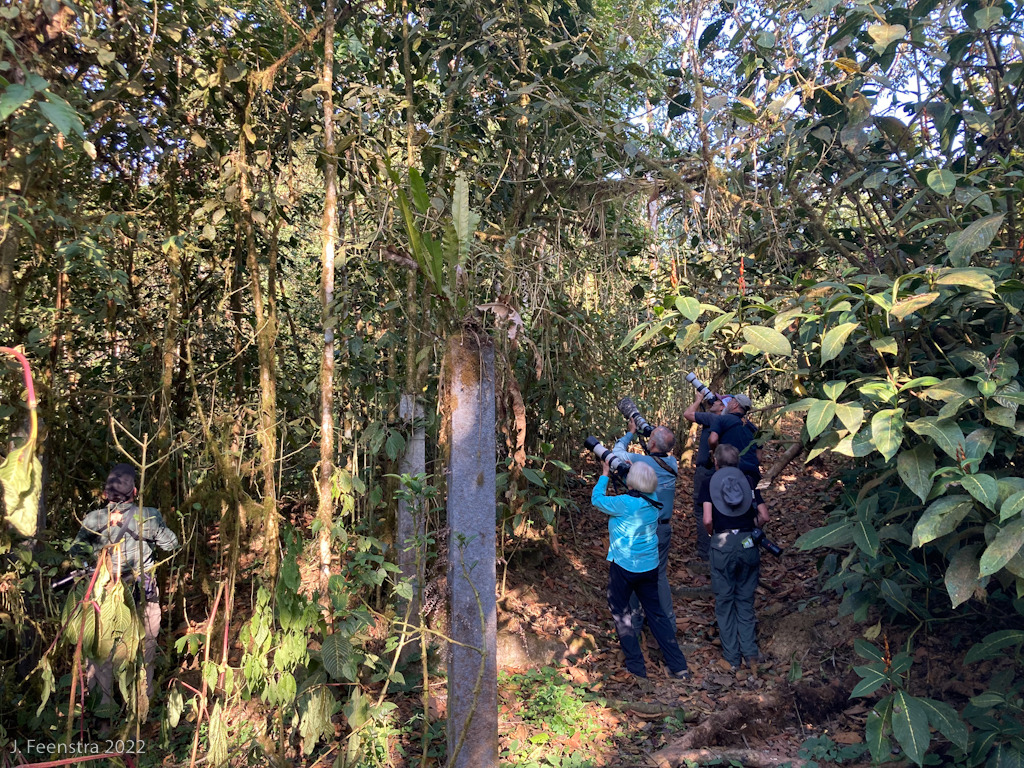
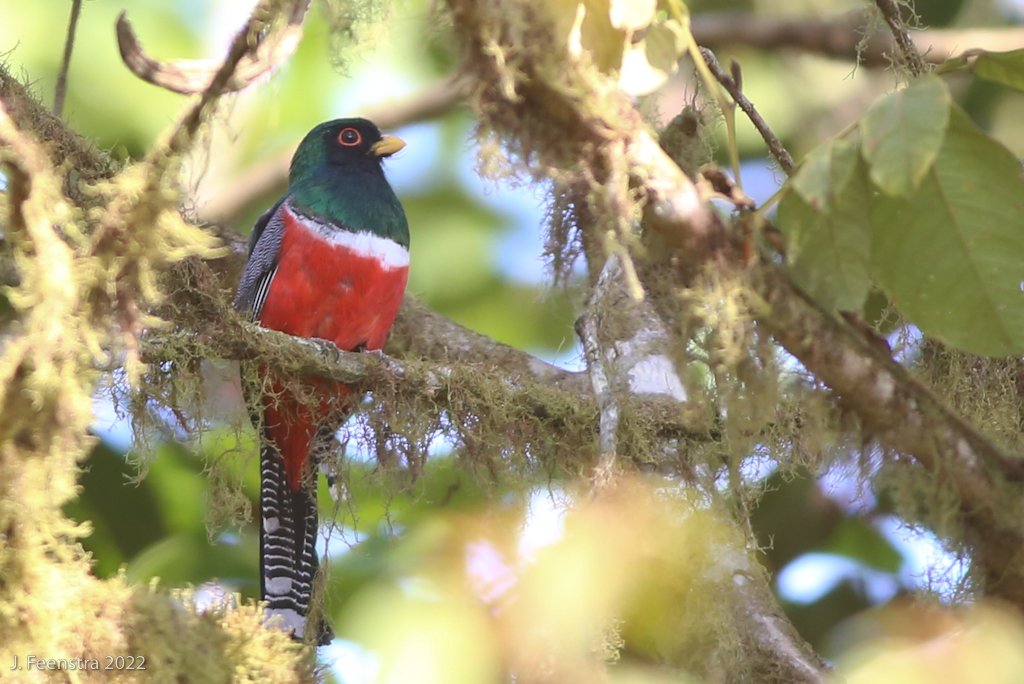
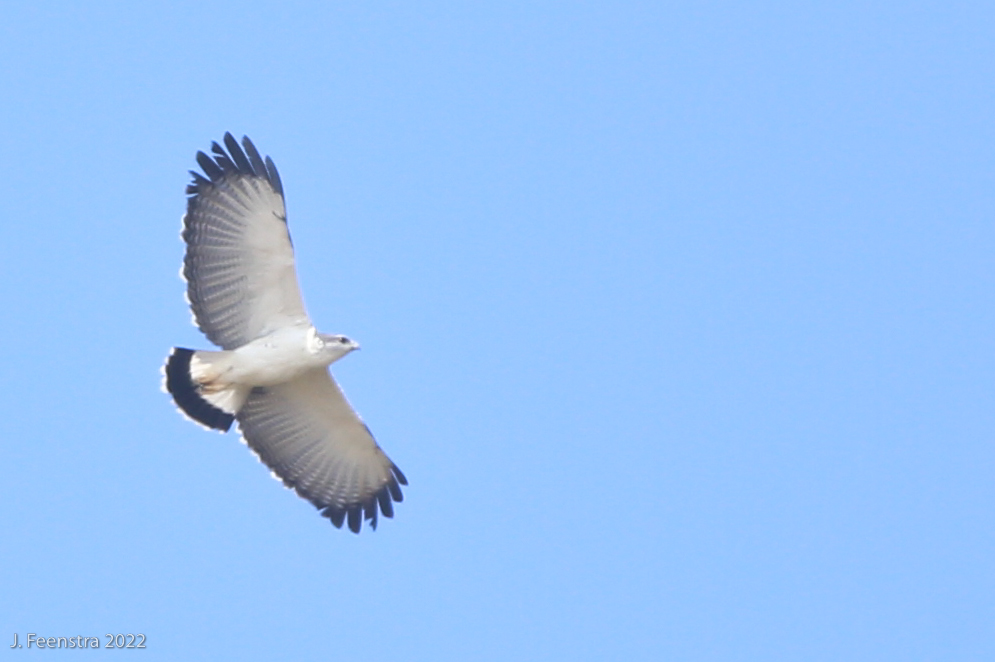
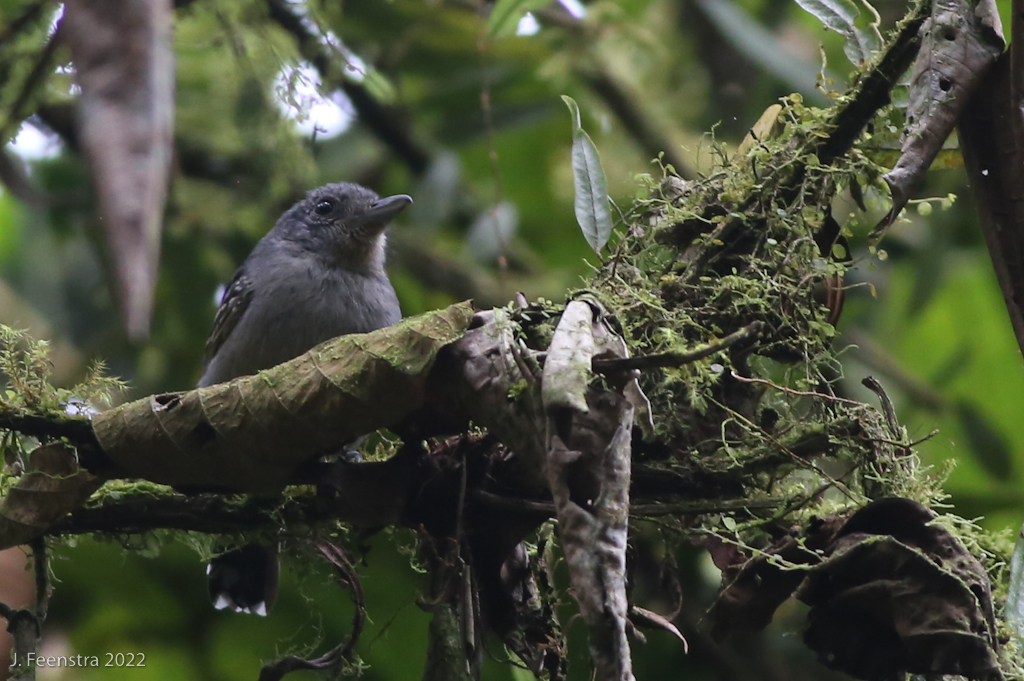

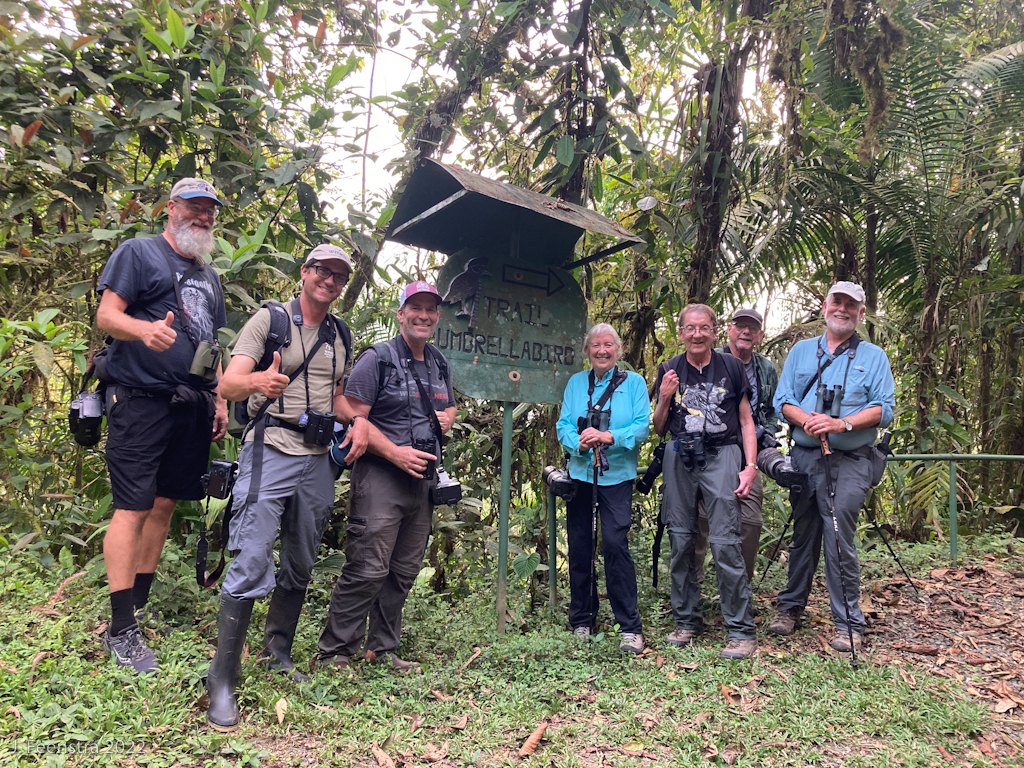
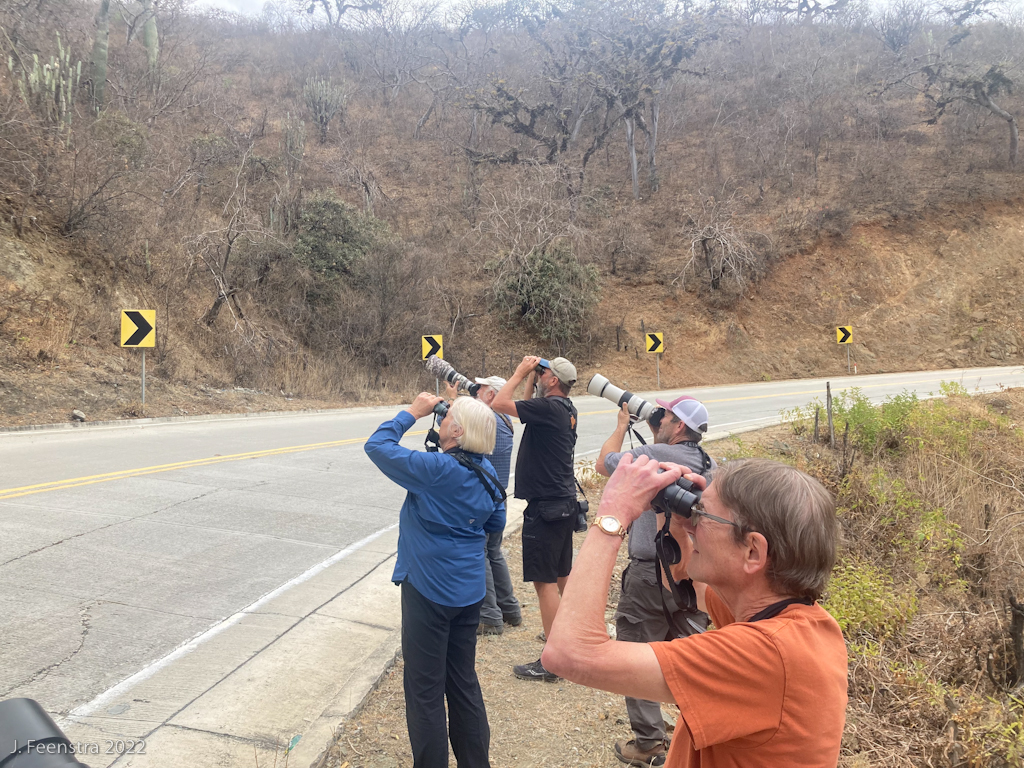
The dry forest at Reserva Jorupe was all it was expected. Dry. Hot, sunny, dusty. All the good stuff. The mid-day was pretty dead, but the morning was epic. We started at the lodge porch with breakfast for us and the birds. The fruit feeders didn’t just have a few Rufous-headed Chachalacas, they had Whooping Motmots, a wild cacophony of White-tailed Jays, Blue Ground-Doves, and more. This was amazingly supplemented by an ant swarm that was working up out of the forest and into the photo blind. There was a Watkin’s Antpitta stomping around, and many of the birds from the fruit abandoned that and sat on the ground around the ants. That was the busiest part of the day, but our late afternoon produced a couple of special Blackish-headed Spinetails and White-winged Brushfinches. Back at the lodge a few things were still messing around the feeders and we sat down to dinner.
It was also Bruce's 80th birthday, and we had cake with the lodge staff, one of whom was celebrating his 60th birthday.
Our final full day in the dry country felt like we were mostly catching up on the few things we were still missing. We started at the Utuana Reserve. The forest was pretty quiet, but we got to watch a family group of Slaty-backed Nightingale-Thrushes. The hummingbird feeders were fun with numerous Rainbow Starfrontlets doing battle with Purple-throated Sunangels and Speckled Hummingbirds while a few Masked Flowerpiercers lurked about. After Utuana we ate our picnic lunch in the central park of a little town. It was incidental birding, but we still saw a couple of Black-chested Buzzard-Eagles, a Chiguanco Thrush, and a vagrant Yellow-bellied Elaenia. We finished the day in the arid thornscrub with its denizens like Tumbes Sparrow, Marañon Tyrannulet, sneaky Elegant Crescentchest, and feisty little White-browed Gnatcatchers.
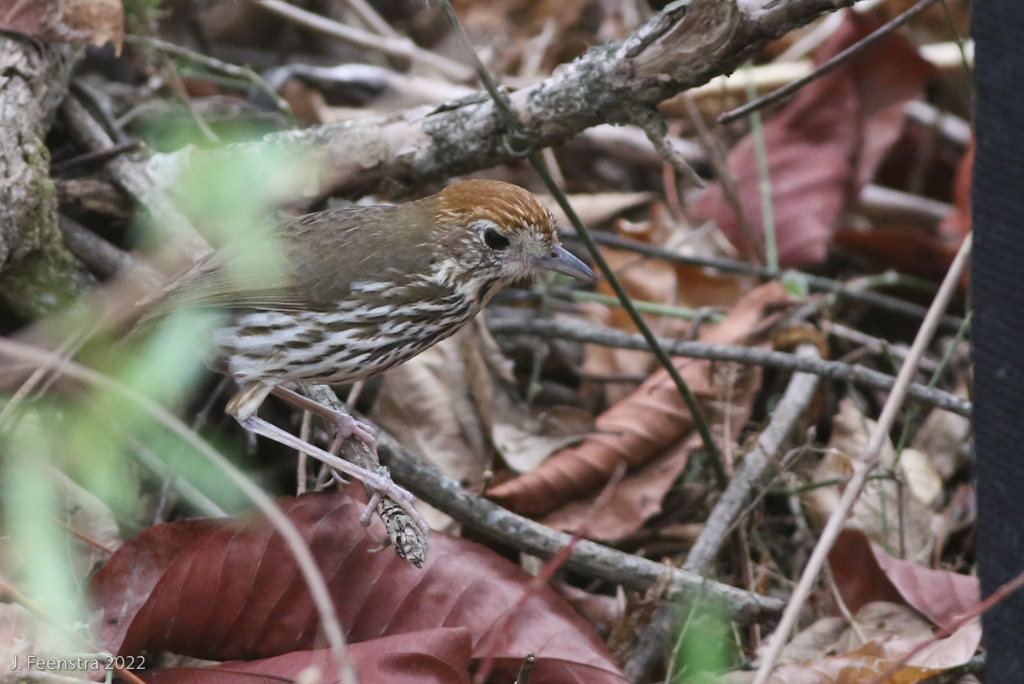
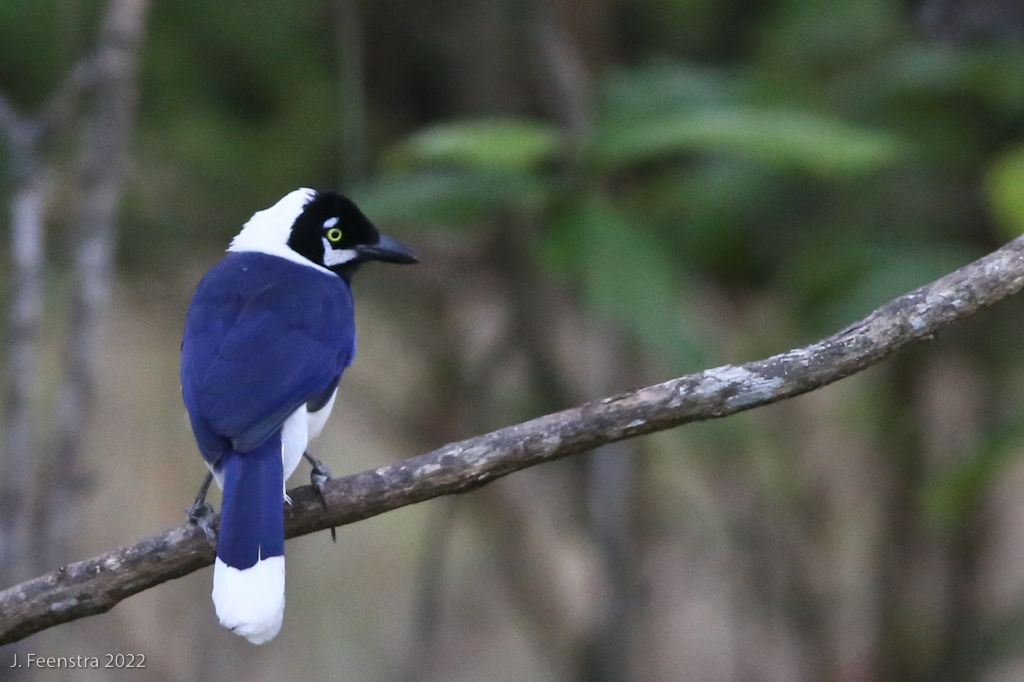
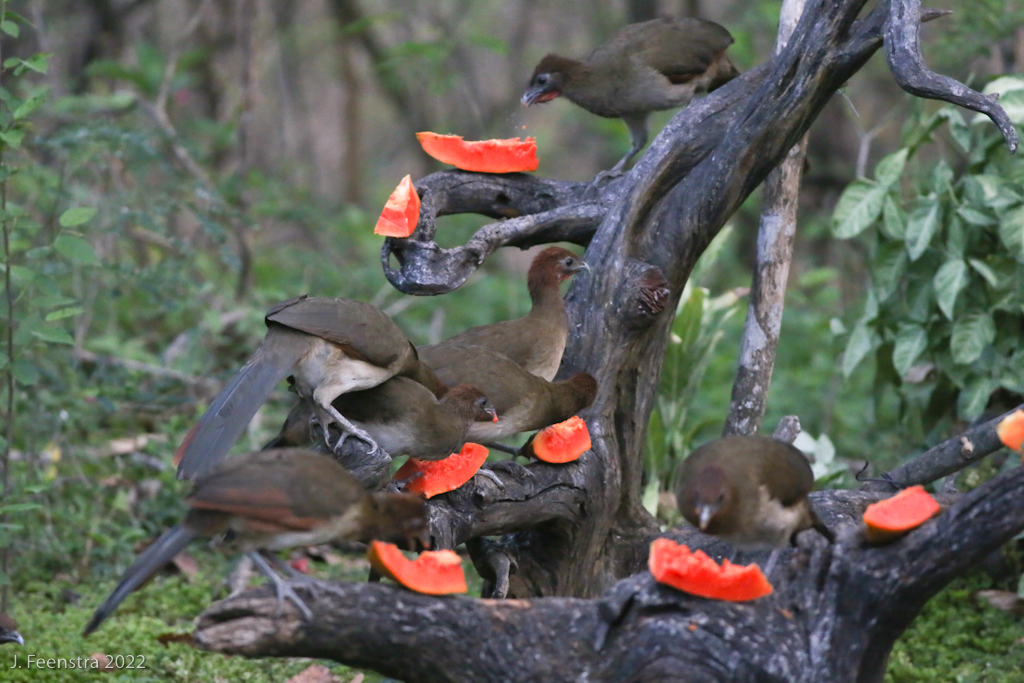
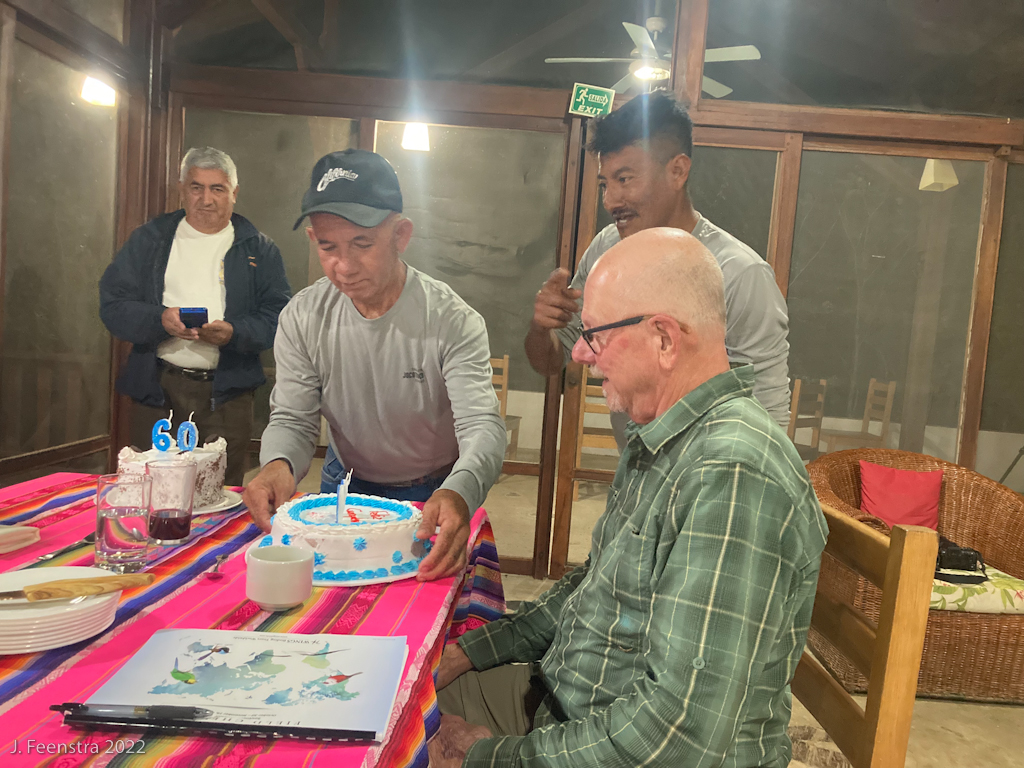

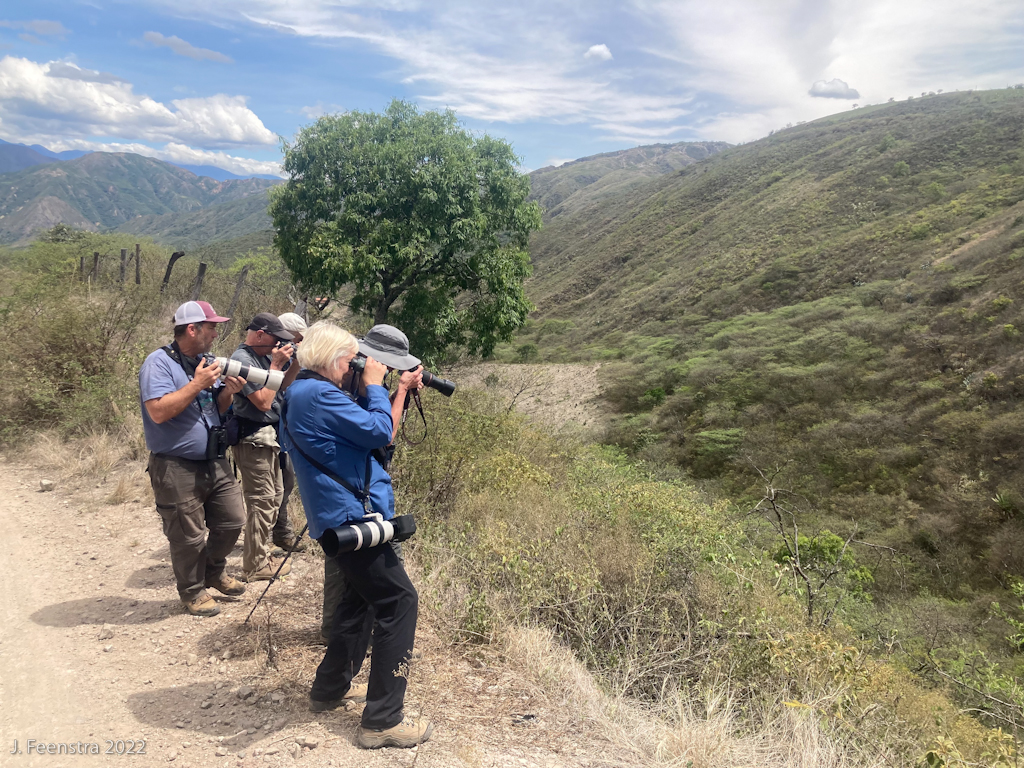
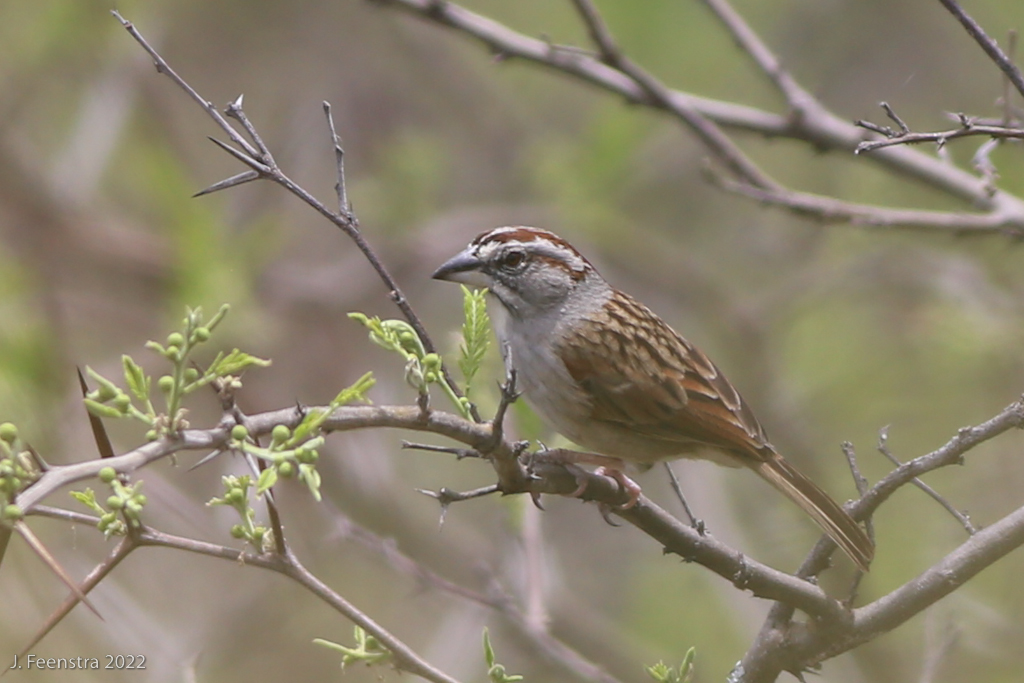
The next day began our stretch in the high elevation cloud forest. We started in the crisp cool air of the Cajanuma sector of Podocarpus National Park with an impractically huge boxed breakfast from our hotel in Loja. We walked it off through the forest, and along the way encountered a few flocks including our first glitzy montane tanagers like Grass-green Tanager and Golden-crowned Tanager. The Gray-breasted Mountain-Toucans were nice, too, and we had a few fleeting glimpses of both Blackish and Chusquea Tapaculos. We made a couple of short afternoon stops for odds and ends, but our target was Casa Simpson in Reserva Tapichalaca. The hummingbird feeders were turned on, first with hummingbirds like both Little and Amethyst-throated Sunangels (shade-angels), then with bats after dark. The night brought us one of our daily highlights, a confiding White-throated Screech-Owl, first seen, then heard calling in duet with another out in the forest.
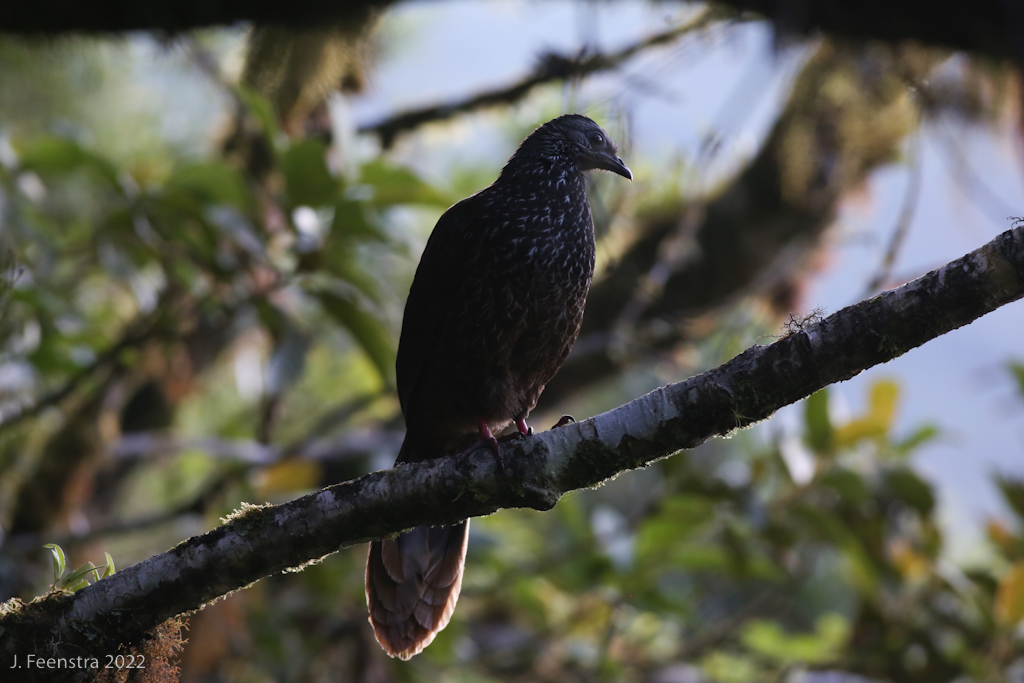
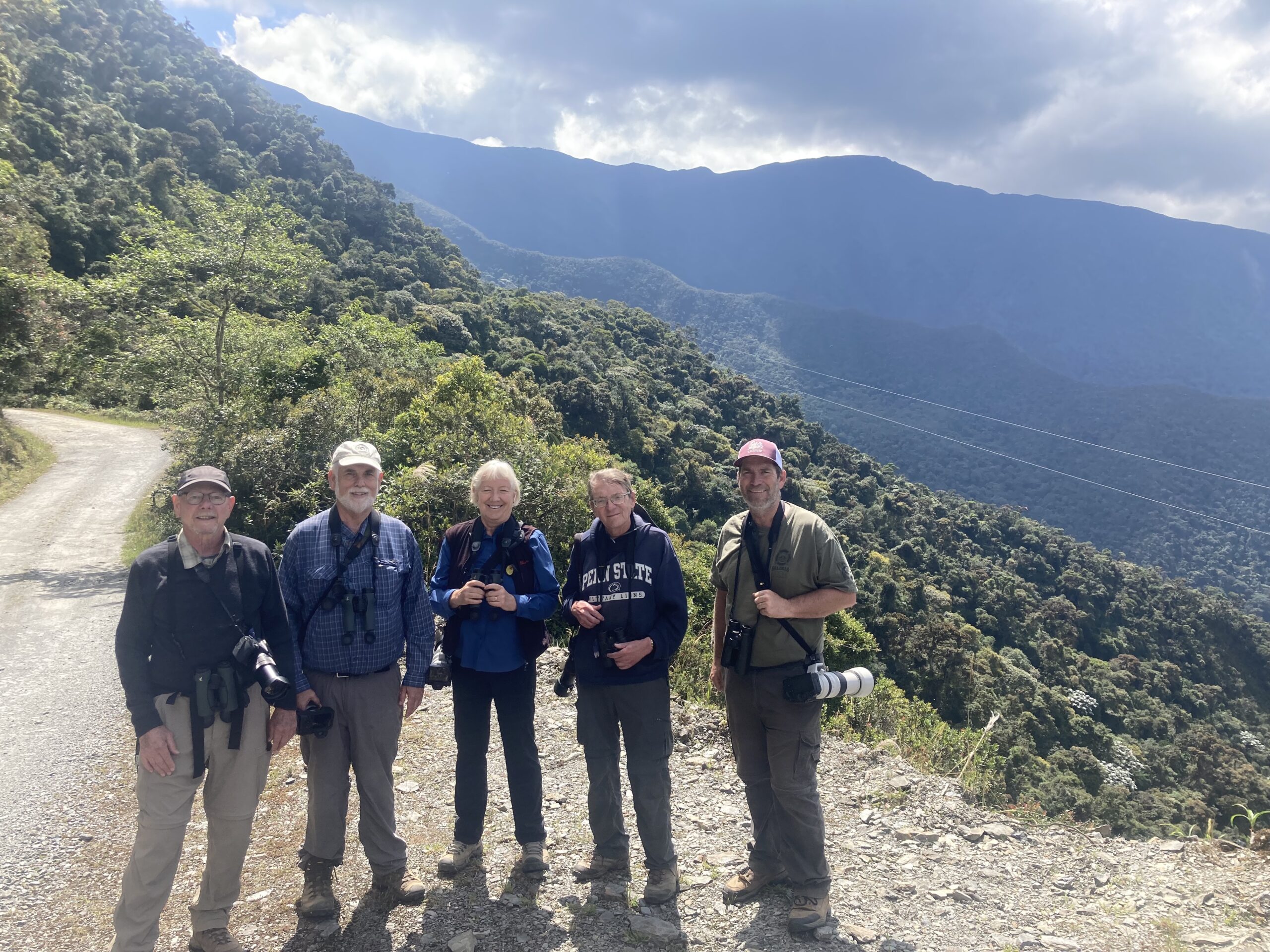
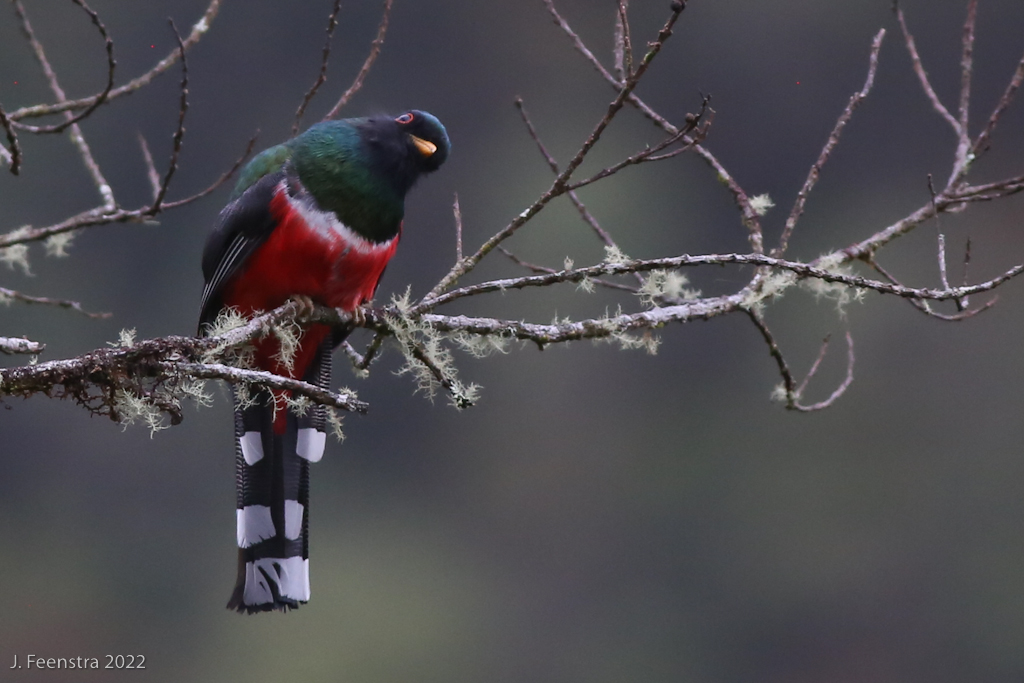
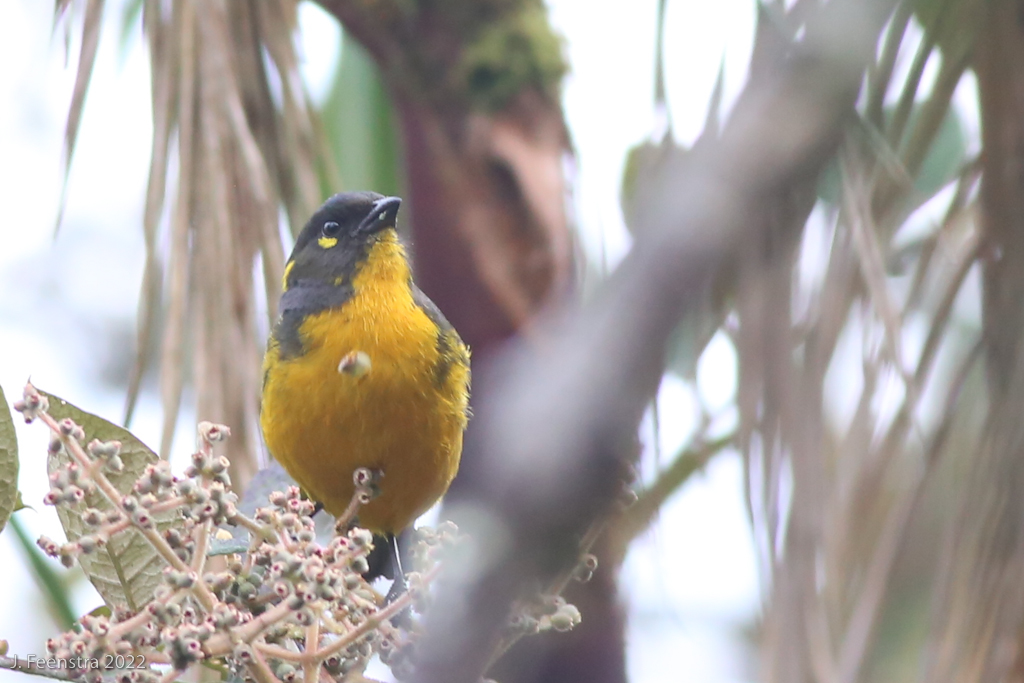
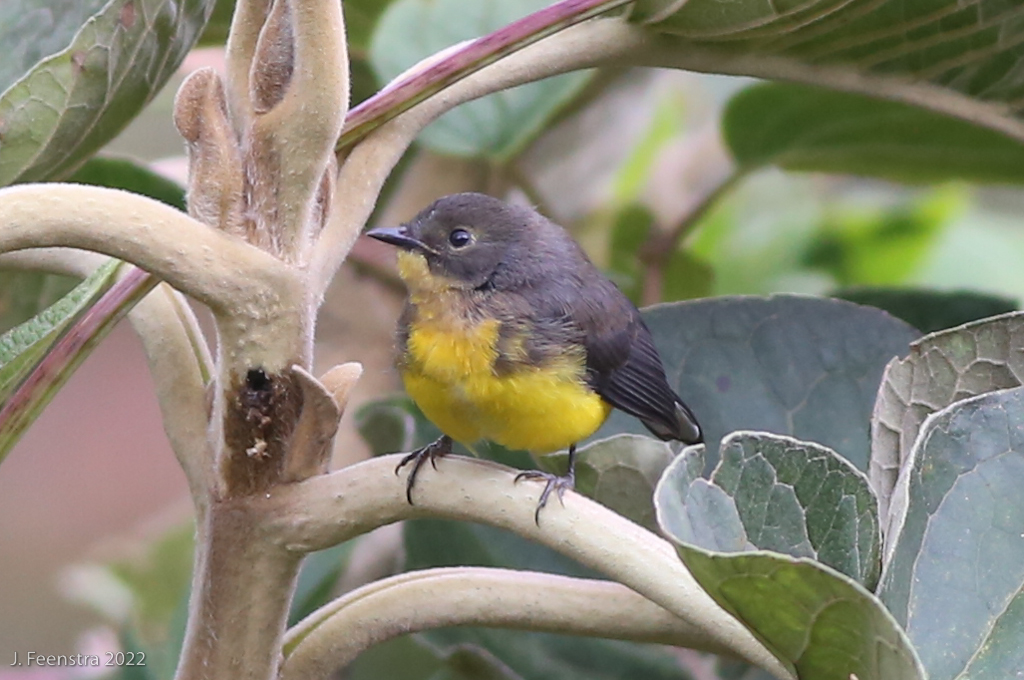
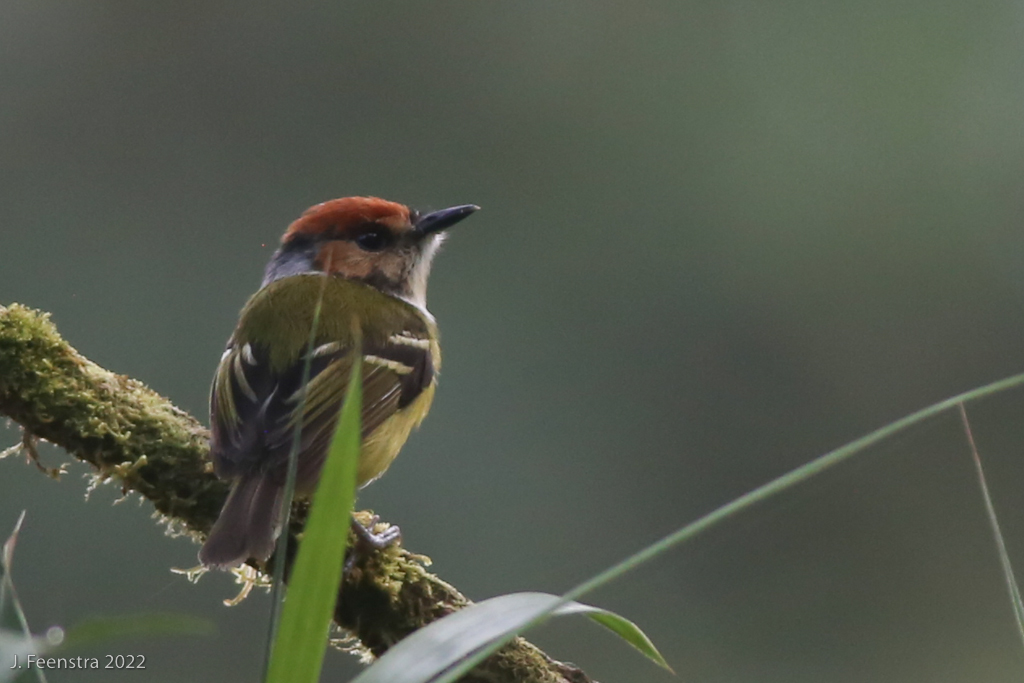
Though we visit quite a few Jocotoco Foundation preserves on this tour, we only see the flagship bird at Tapichalaca. Jocotoco Antpitta, the big guy himself, did not disappoint and his charisma cannot be understated. We got great looks and photos in a number of poses. He’s way out in the middle of the forest, though. We had to walk a long way into and back out to see him, and the walk was through some amazing, thick, primary cloud forest. We had a few small flocks, but it was mostly quiet and dry. We did, however, find an Undulated Antpitta, a bonus antpitta, just hopping along the trail. The whole thing from start to finish was an amazing experience. The afternoon, not as glamorous (except for the Andean Cock-of-the-rock that flew across the road) was good birding at lower elevations. Lined Antshrike, Marañon Thrush, and Silvery Tanager were some of the highlights.
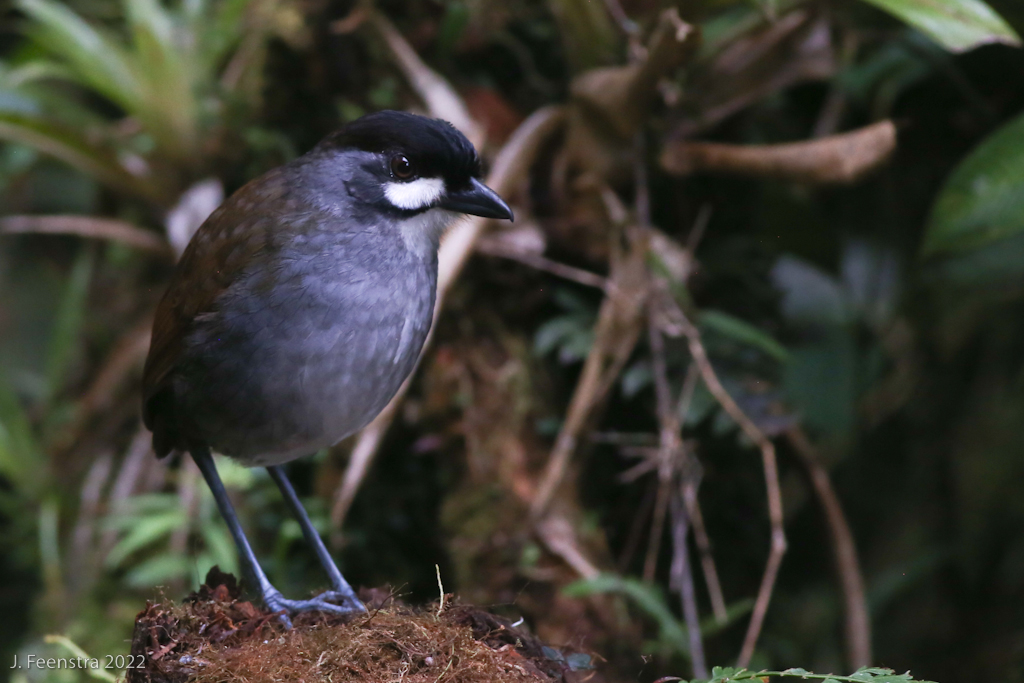
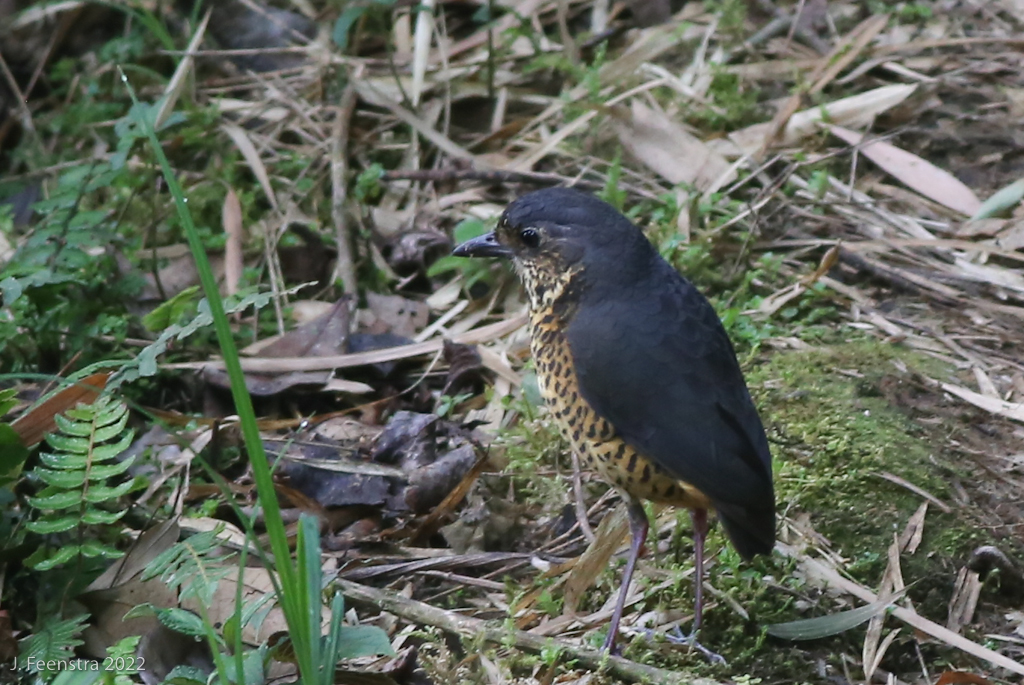
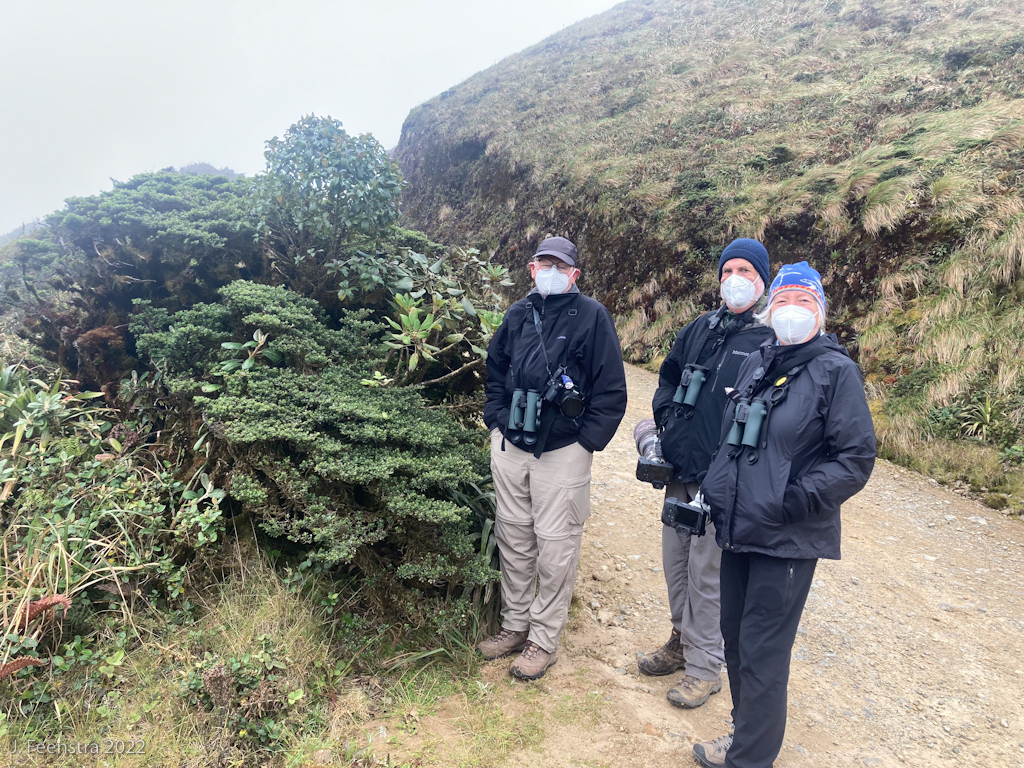
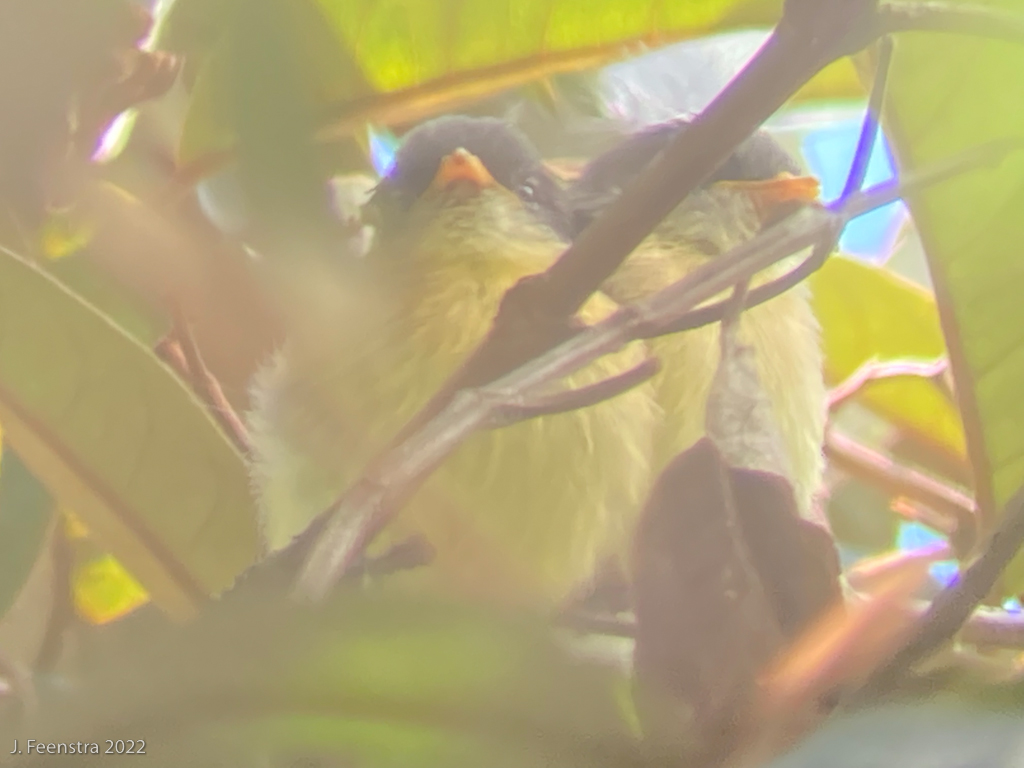
We spent the next day also in the high elevation cloud forest. Actually, we started above treeline, but it was inside of a cloud, and not a nice cloud. It was cold and thick and windy. Below treeline, conditions were better. Flocks were sparse, but we had a few. The most interesting “flock” was a family group of Orange-banded Flycatchers: mom and dad feeding two noisy, fuzzy fledglings. It was a nice day out in the mountains, but then it was back for a night in Loja. Not to worry, though, (never stop birding), just after dinner, right down the street over a sidewalk noisy with people was a cackling Koepcke’s Screech-Owl, a bird only recently discovered in Ecuador – in urban Loja!
Finally, it was time to get Amazon. We went east from Loja, over the pass and into the low Amazonian foothills. Paradise Tanager, Peruvian Warbling-Antbird, Green and Violaceous Jays, Russet-backed and Crested Oropendolas – these were our side of the road birds now. The desert was clearly behind us. Way behind us. Our day’s journey ended at Cabanas Yankuam deep in the Nangaritza Valley between the tepuy ridges of the remote Cordillera del Condor.
Our full day in the Nangaritza Valley was a full day of great birding. We saw the striking specialty, Orange-throated Tanager, pretty early on, then spent the rest of the day walking roads through the forest and looking for flocks. We found some Purplish Jacamars, and lots of different tanagers. We had both barbets in the area, Gilded and Lemon-throated, at once next to each other on a branch. There was some biting, and they both took off. Other neat things were Black-and-white Tody-Flycatcher, Black-capped Donacobius, and a Plumbeous Kite bringing food to a large nestling. Birding this remote part of Ecuador is always something new.
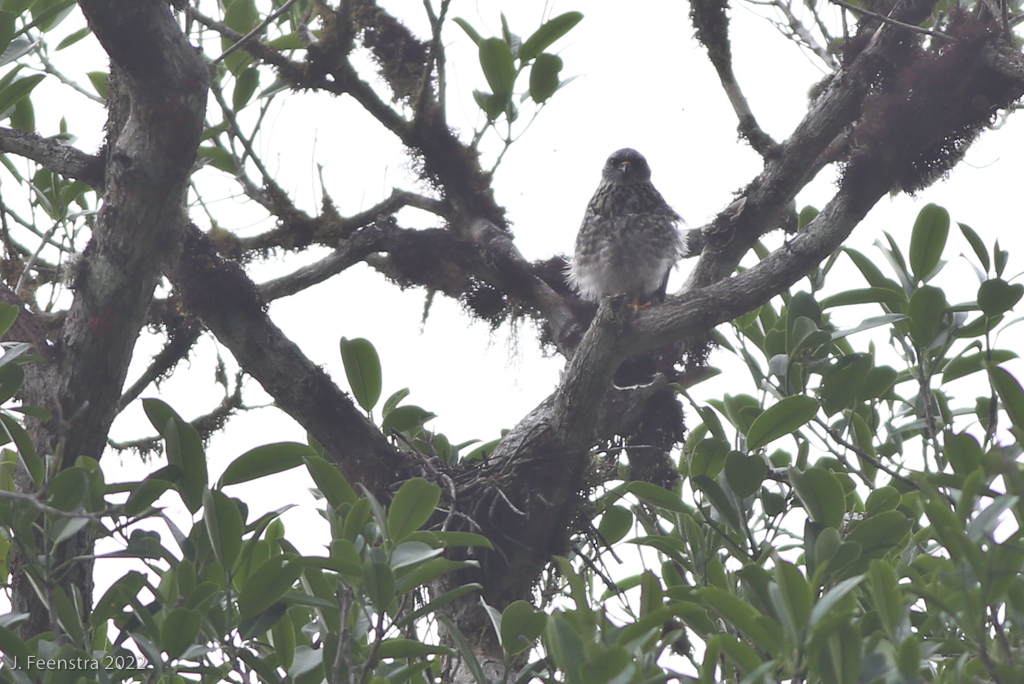
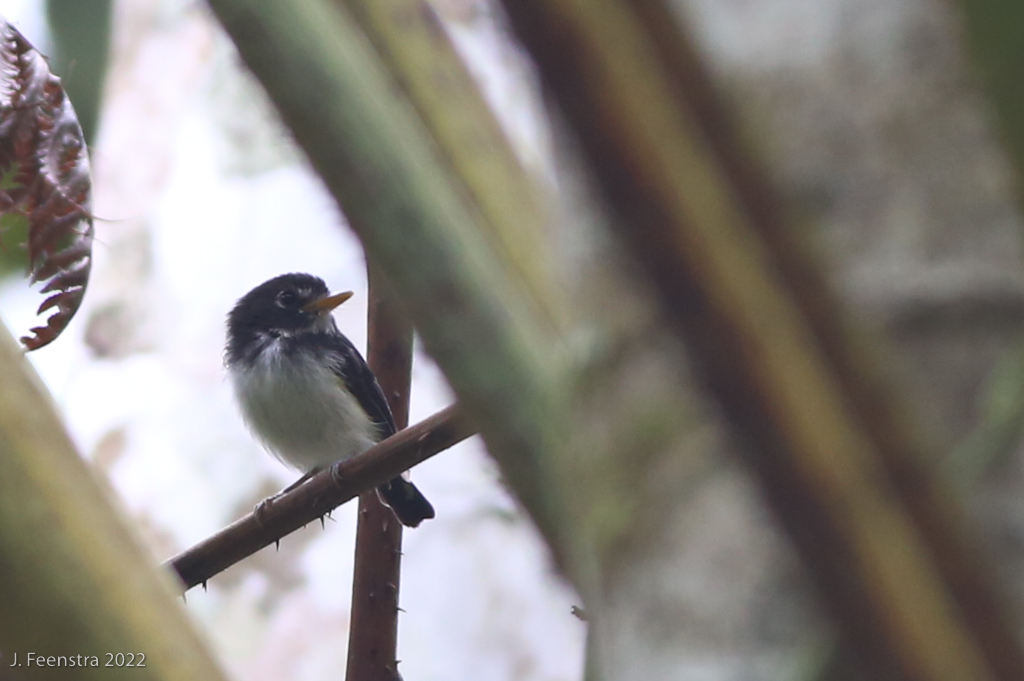
The international part of this tour, earning a subtitle of “…and Northern Peru” happened today along the little bit of the road that sneakily dips across the border. The Peru side is very remote, so there are no signs or anything and the nearest Peruvian may be 100km away. But the internet maps put us in Peru, so birding in Peru we do! We had a busy flock with Amazonian Grosbeak, Little Woodpecker, Wing-barred Piprites, and some tanagers. We turned around and had another good flock in Ecuador including minute Lafrasnaye’s Piculet, colorful, but subtle Opal-rumped Tanager, not subtle Paradise Tanagers, and a bunch of other stuff that streamed through in the way that it does sometimes. Then it was time to leave, to go from low Amazonian foothills in one place to low Amazonian foothills at another place. We arrived in time to see the primordial Gray Tinamou and had an accommodating Lanceolated Monklet almost right over the top of it. Quite a way to finish a day.
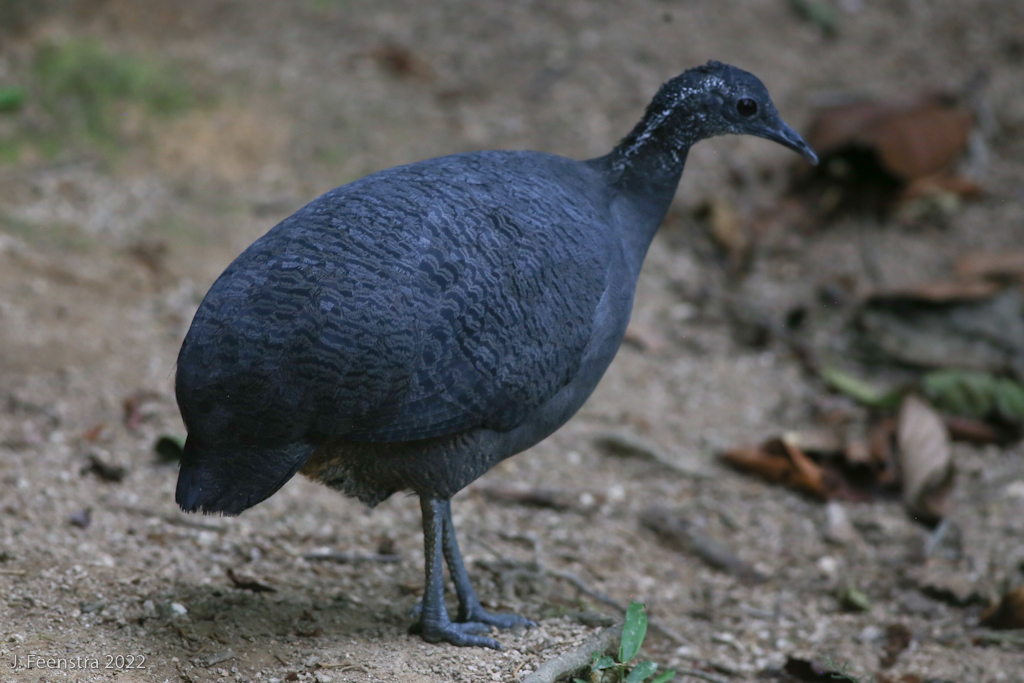
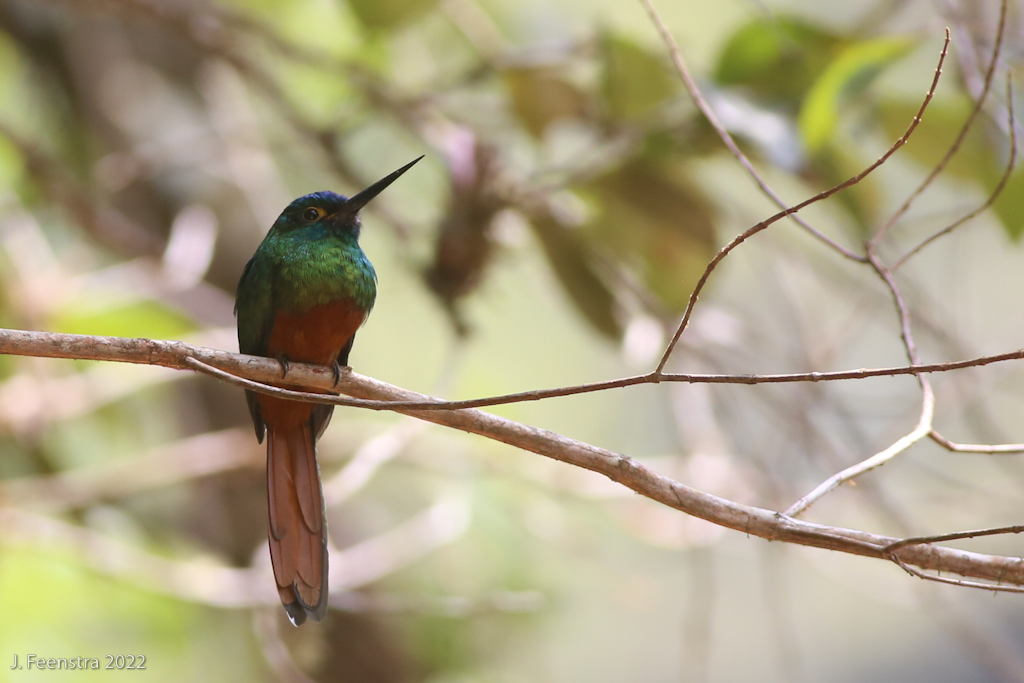
We spent the next morning in the foothill rainforest along the Rio Bombuscaro in Podocarpus National Park. Flocks this morning were rife with tanagers including Orange-eared and Golden-eared Tanagers. There were Andean Cocks-of-the-rock displaying (screeching) and an Amazonian Umbrellabird was out there somewhere with its foghorn call. We even saw a Coppery-chested Jacamar sitting outside of its nest burrow. It was holding a butterfly in its bill, and, for some reason, opened its bill, and the butterfly fluttered away. The afternoon was pretty relaxing around the lodge, but we put in some work and got good looks at a Golden-headed Manakin after it gave us quite a run-around up in the canopy. It was a hot day, and one of those days in which a cold beer never tasted so good… while watching a capuchin monkey steal all the bananas from the bird feeder.
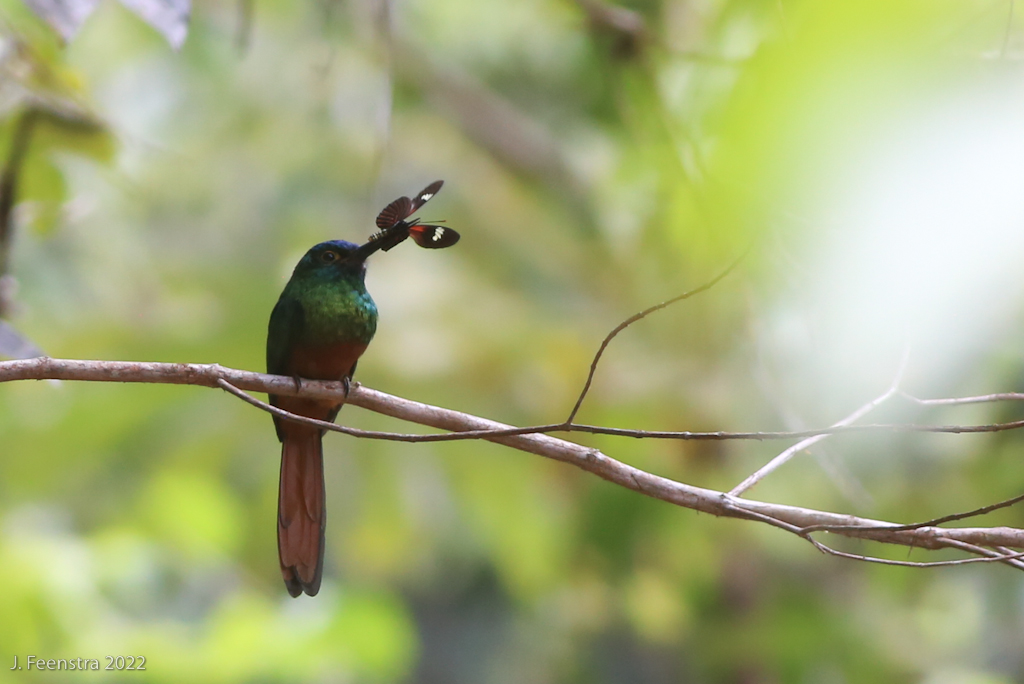
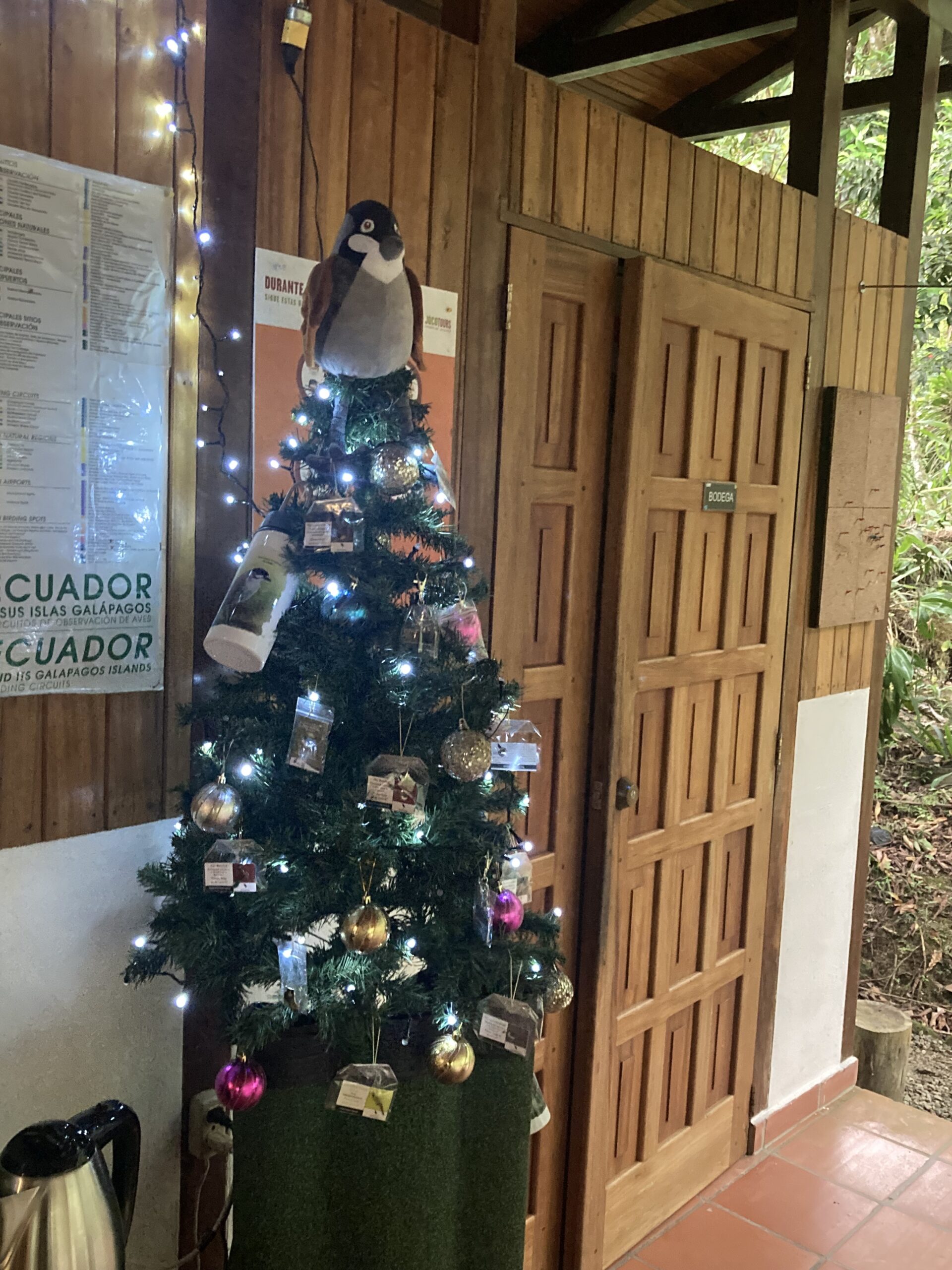
The following day was mostly transit, but broken up by birding. We made a couple of stops, hot and sunny, so pretty slow for birds, but good for scenery and leg stretching, but the goal was the remote mountaintop of Cerro de Arcos, the only home of the Blue-throated Hillstar. We got there with some time to spare, the weather was good (especially for above treeline), and we found the hillstar with no problem. Sweeping alpine vistas were its backdrop and thin air its surroundings. That night was cold and clear and in the pre-dawn of the following morning we could hear the winnowing of Jameson’s Snipe off in the paramo. Once light, we took our time, seeing the hillstar again and wandering around the paramo searching for and seeing its unique birdlife. We watched a Tawny Antpitta poking around some short grass. Paramo Pipit, two species of canastero, Tufted Tit-Tyrant were down low, while a Variable Hawk and caracaras cruised around above. We had one Carunculated Caracara for certain, but others looks like perhaps intergrades between Carunculated and Mountain Caracaras. A mystery. Leaving the high elevations we passed through the most arid and desolate countryside we’d seen, akin to the Badlands of central North America. It, too, was alive with bird life, and a short stop had Band-tailed Sierra-Finch and the bizarre Short-tailed Field-Tyrant. Then it was the rest of the drive to the Yunguilla Valley for the night.
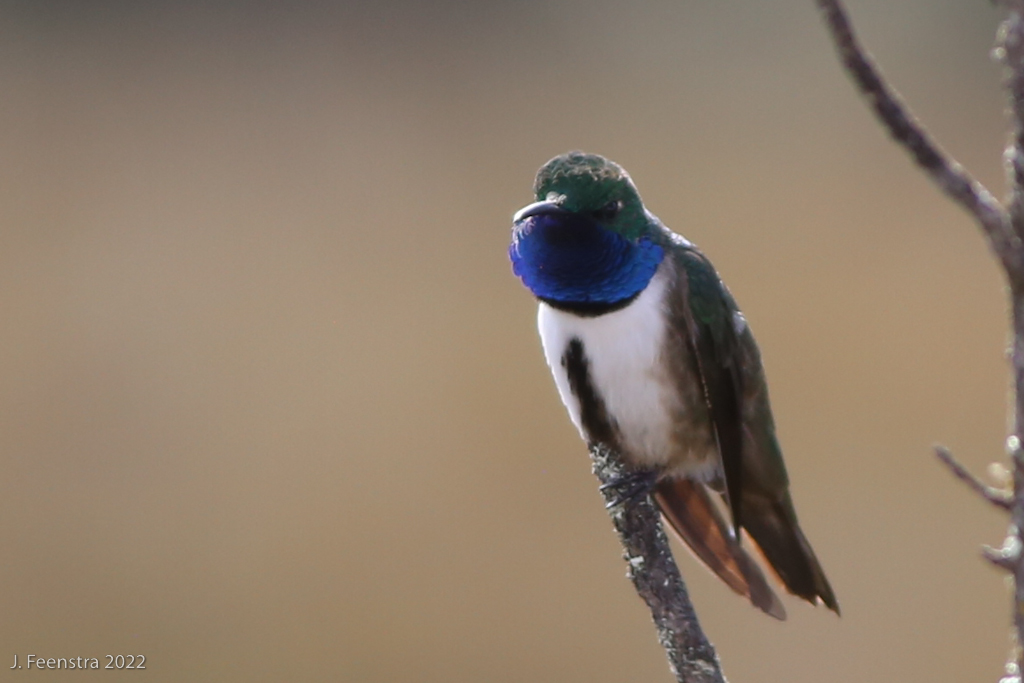
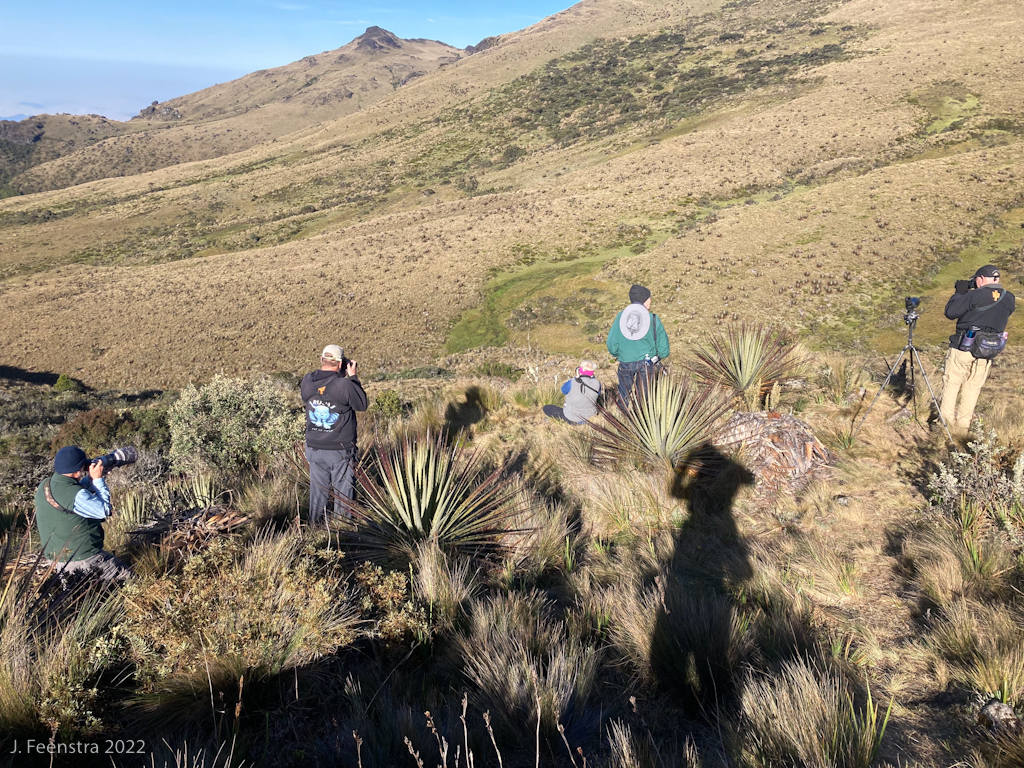
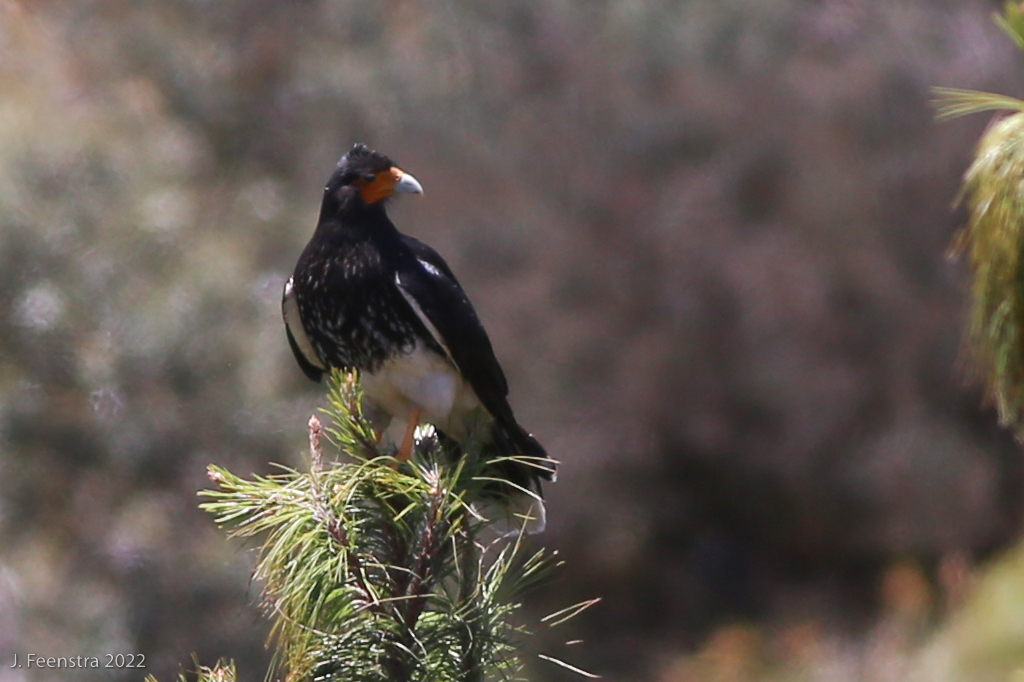
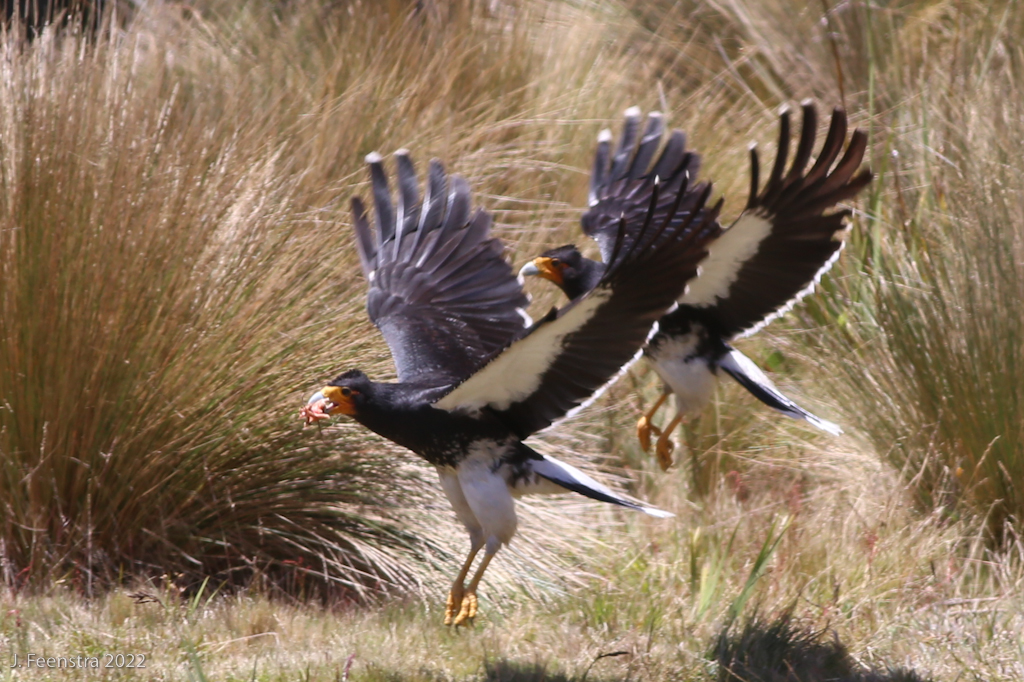
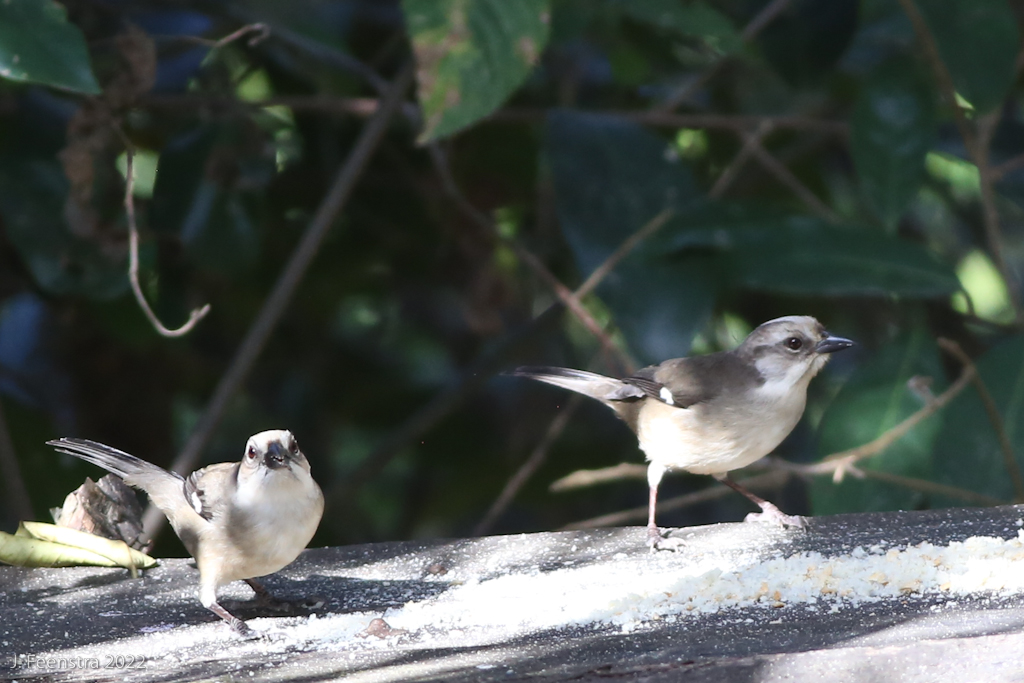
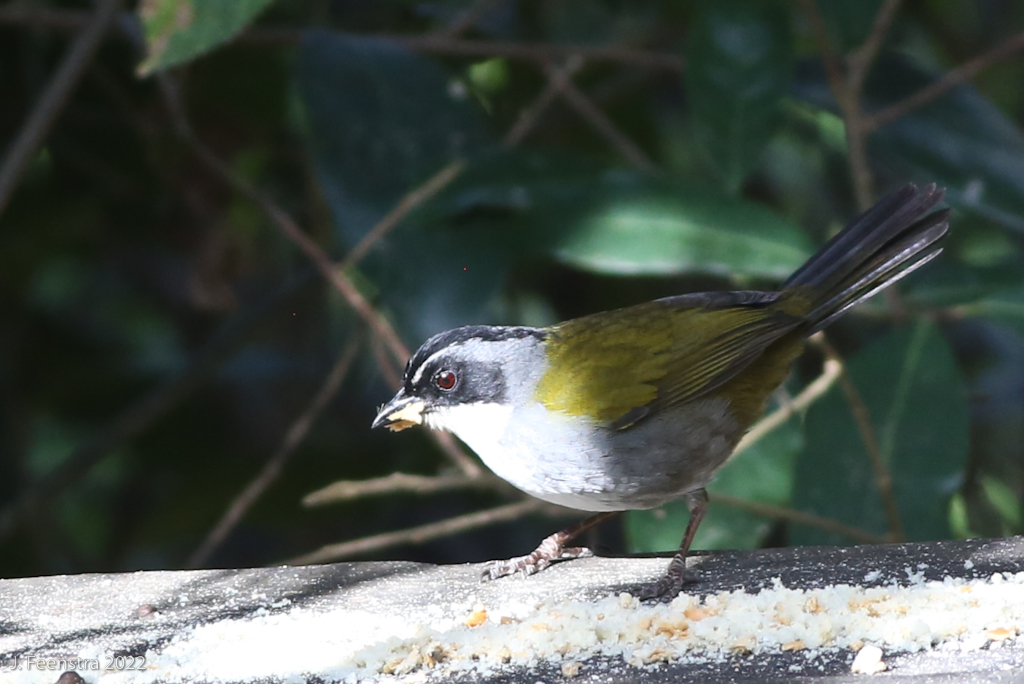
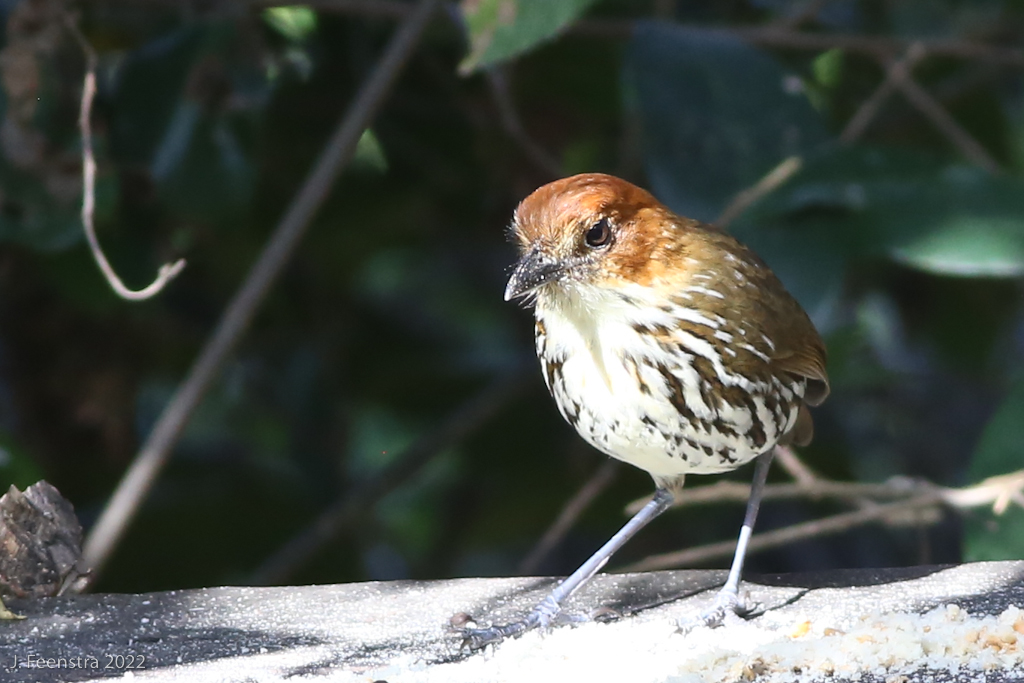
The Reserva Yunguilla experience is special. The reserve is special. On the walk in and at the bird feeder we saw about 10 Pale-headed Brushfinches, about 5% of the entire population of this critically endangered bird in its tiny range. What do these birds eat at their bird feeder? Crumbled white bread and orange slices, of course. And not only them, but handsome Gray-browed Brushfinches and, perhaps most strangely, Chestnut-crowned Antpittas are there, too, eating breadcrumbs. After that, we went back up to the edge of treeline near El Cajas National Park. Flocks of Andean Gulls are now our parking lot birds, and on the property of the hotel we found a Violet-throated Metaltail, the main specialty hummingbird and endemic to the small area around the national park. Leaving the hotel the next day in the cool, wet morning, we spent the day in the park, first at “lower” elevation in high elevation cloud forest. Flocks included Superciliaried Hemispinguses and Blue-and-black Tanager. On the nearby lake there were Slate-colored Coot with young, dashing Andean Ducks, and a furtive Virginia Rail creeping about. Up at the highest elevations in the grassy paramó we saw Blue-mantled Thornbill gleaming in the sun and chattering Tit-like Dacnises, the female subtly beautiful, the male glowing blue as though lit from within.
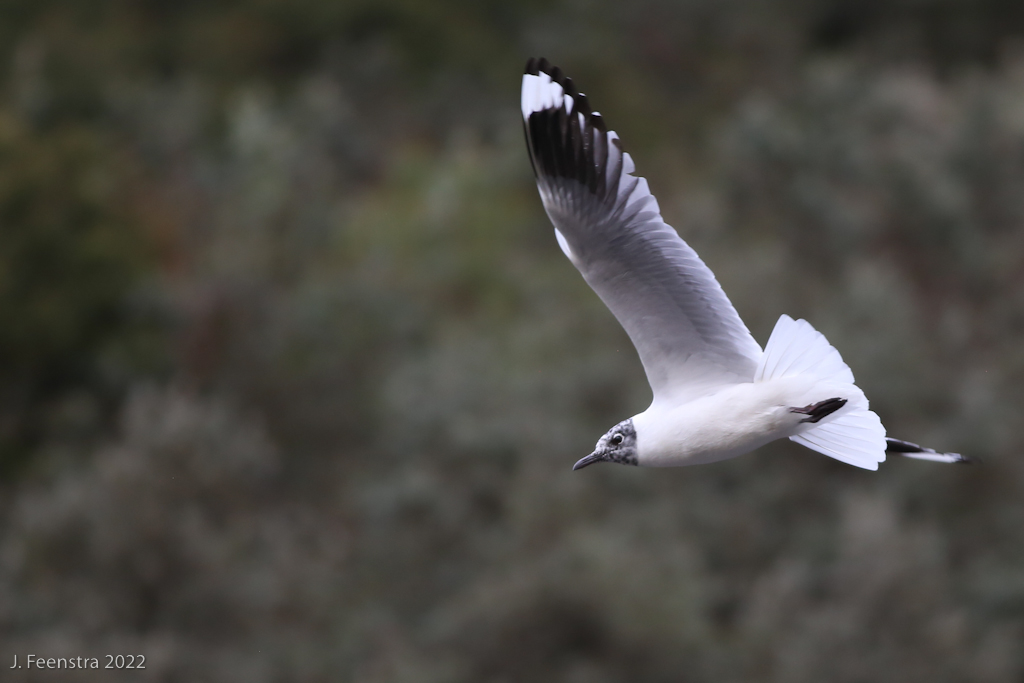
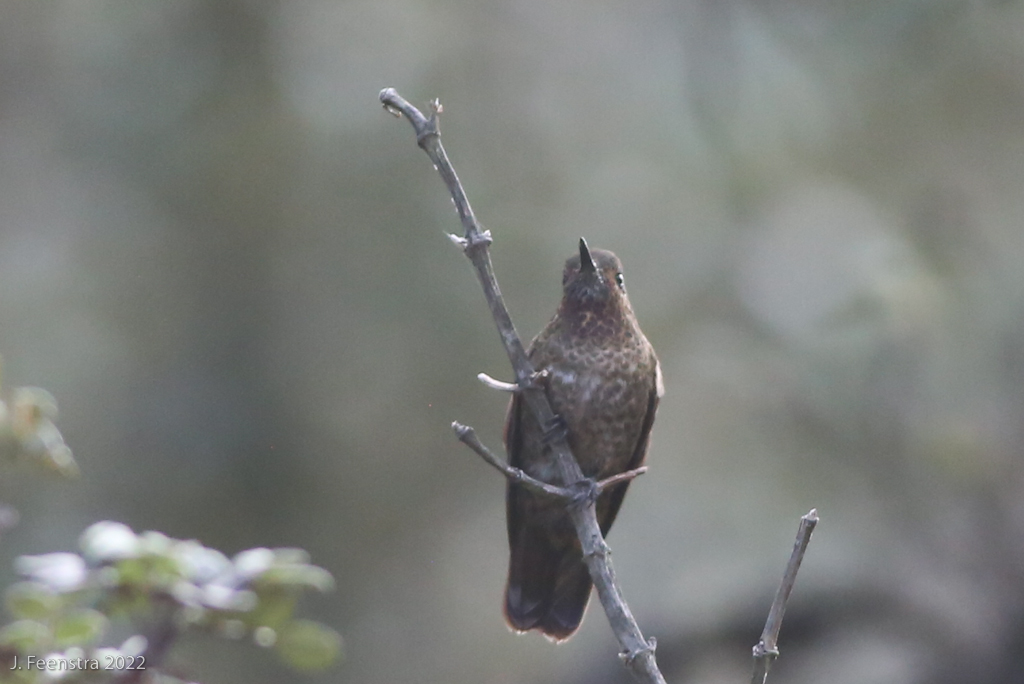
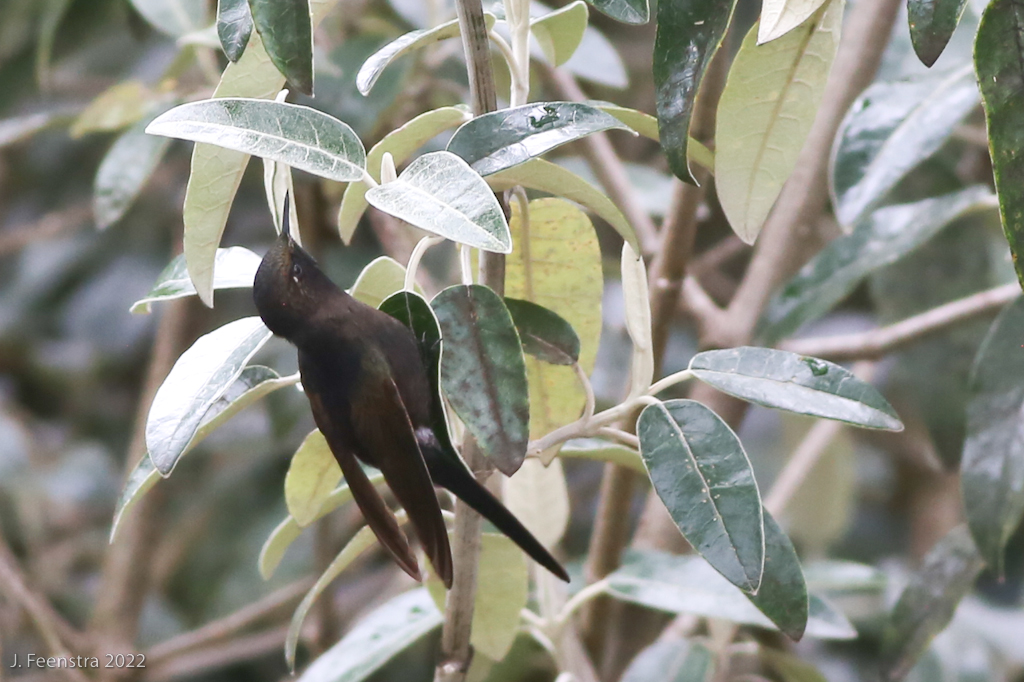
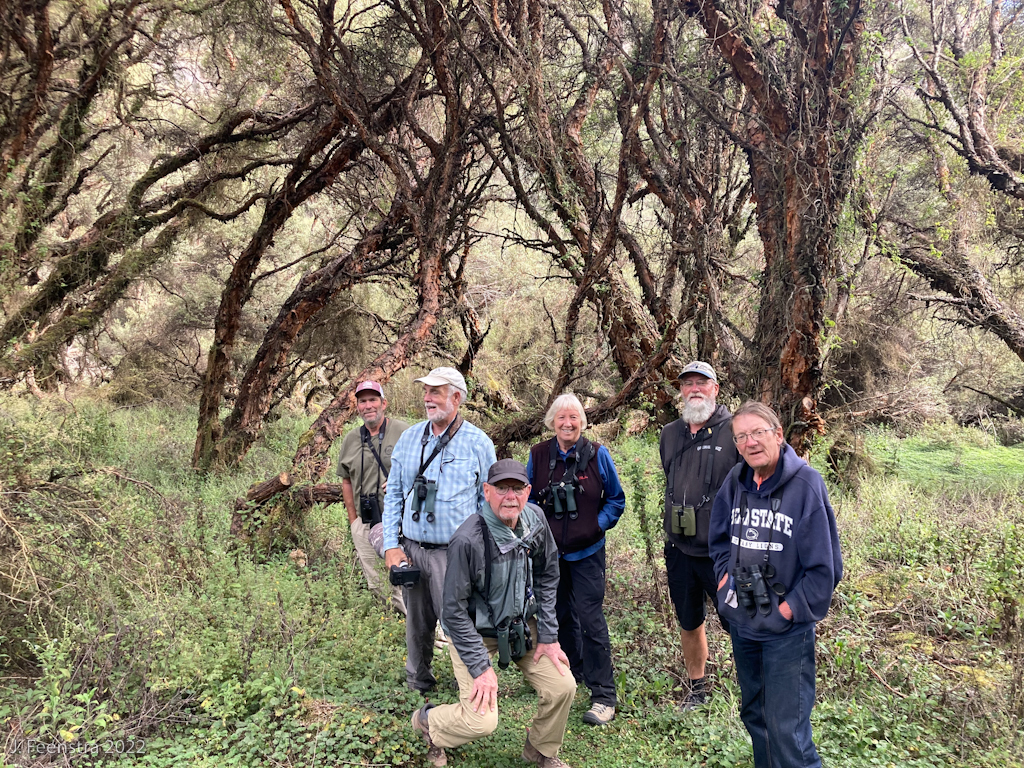
All tours come to an end, though, and after more than two weeks of intensive birding and a grand tour of the southern Ecuador countryside, it was time to head back to the barn. We descended from the lofty highlands, down another winding mountain road, and into the congested, noisy city (workers' rights demonstration clogging things up pretty good) in which we began. We spent our final evening over delicious local fare far from the nature but talking about our most memorable experiences from this tour and what travels we all were off to next.
